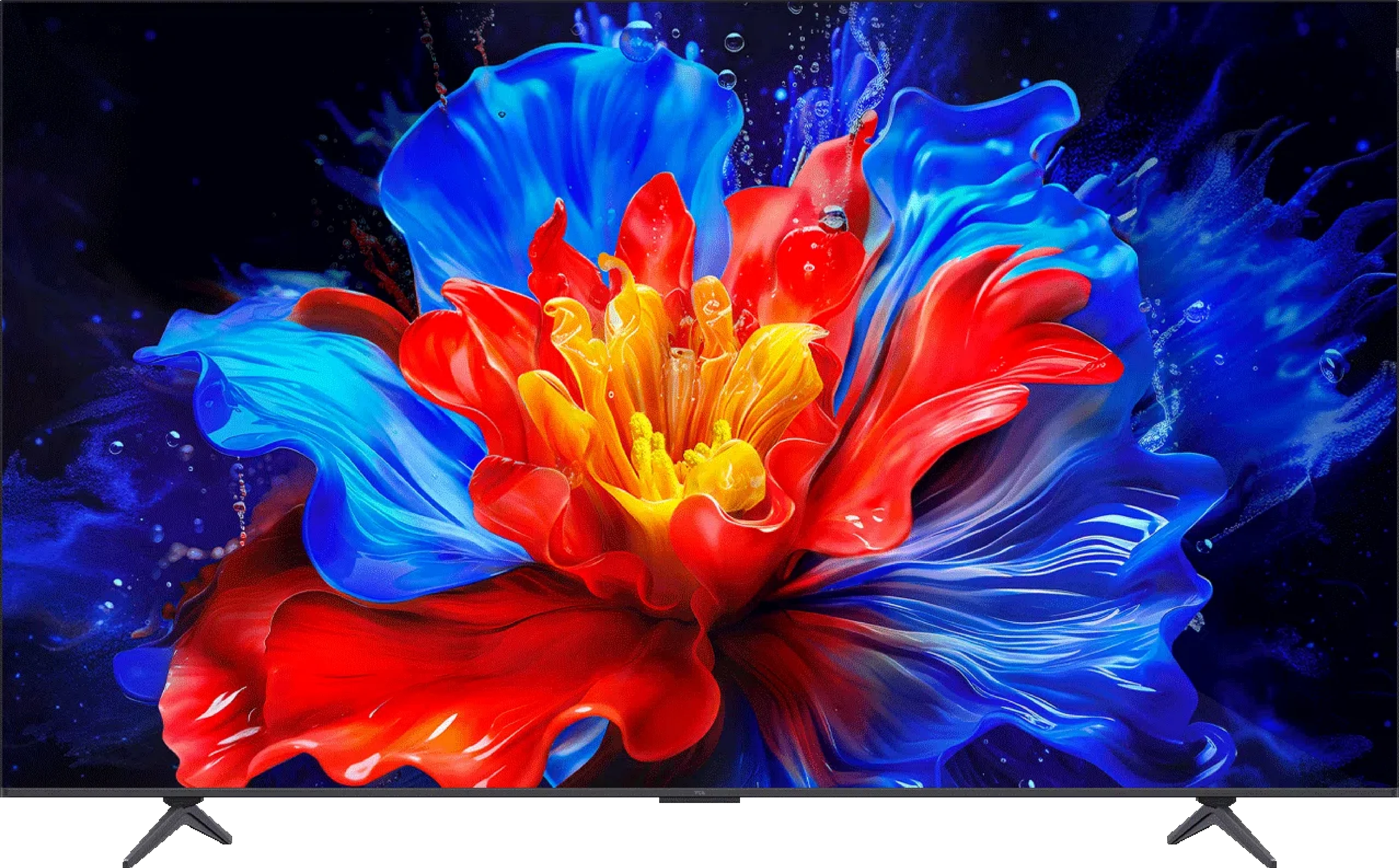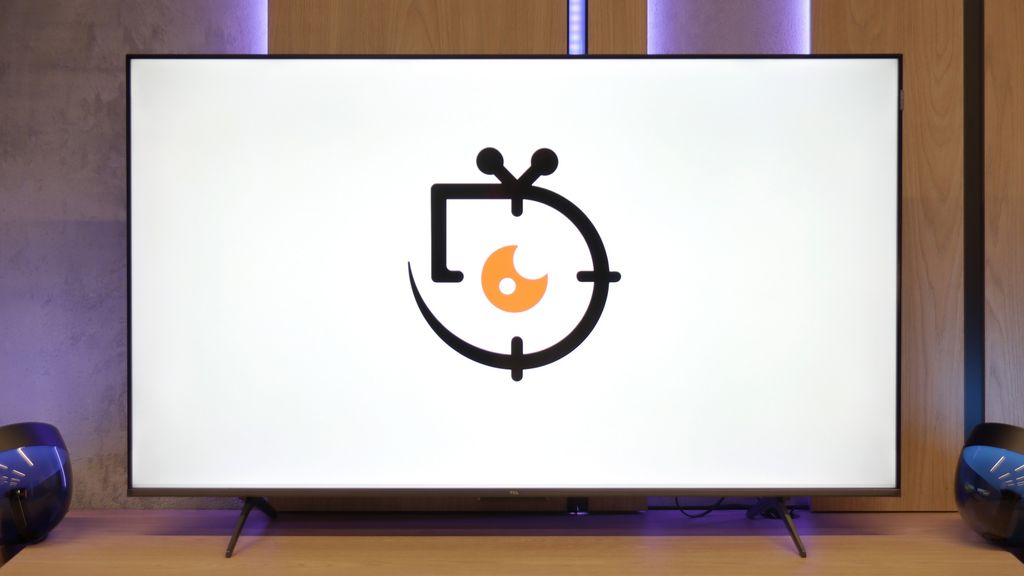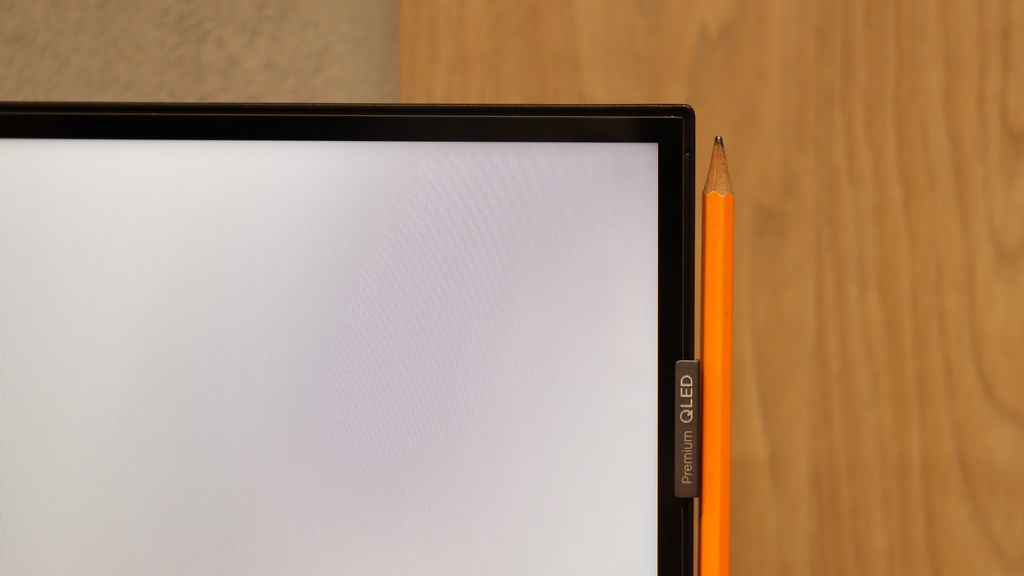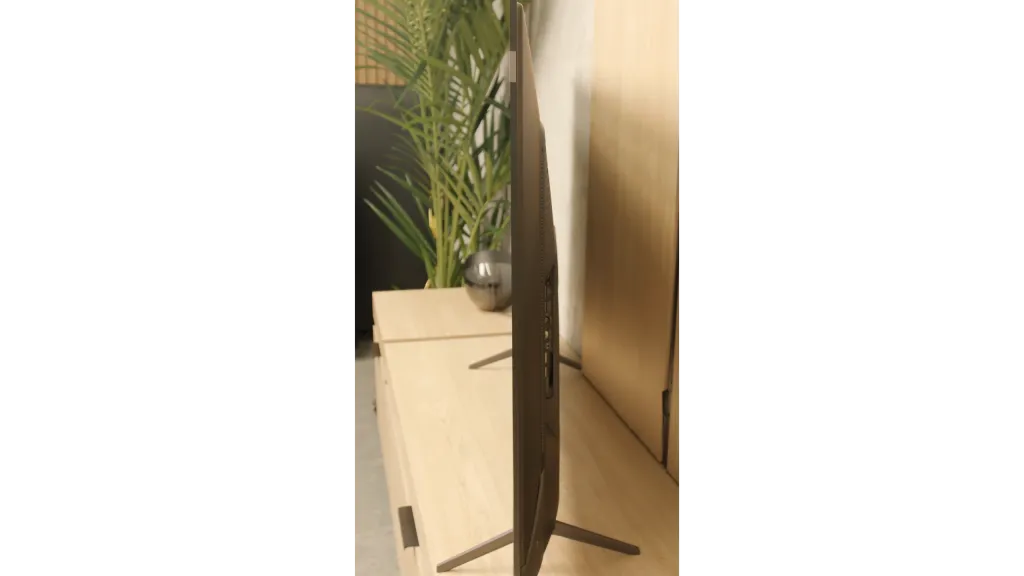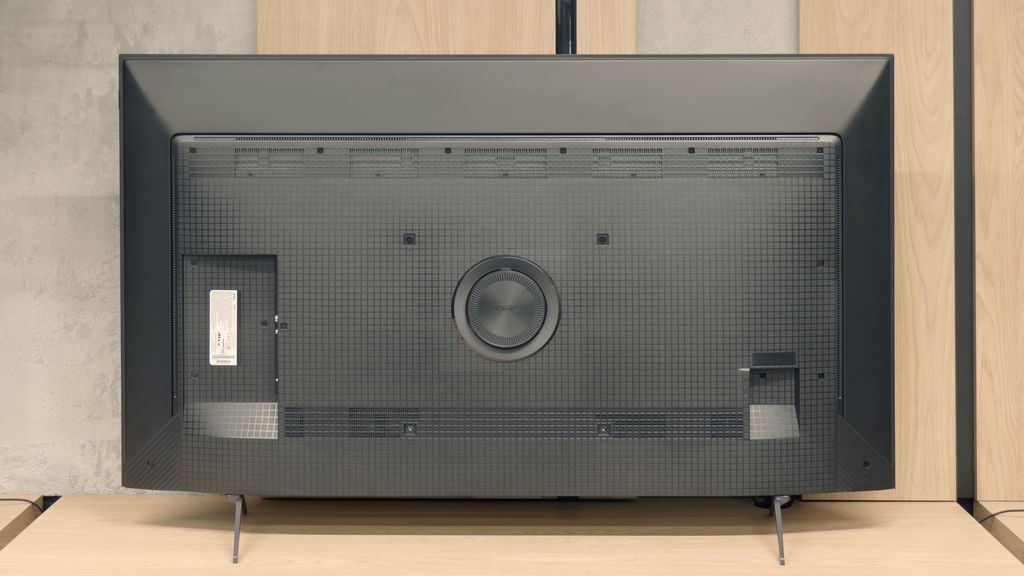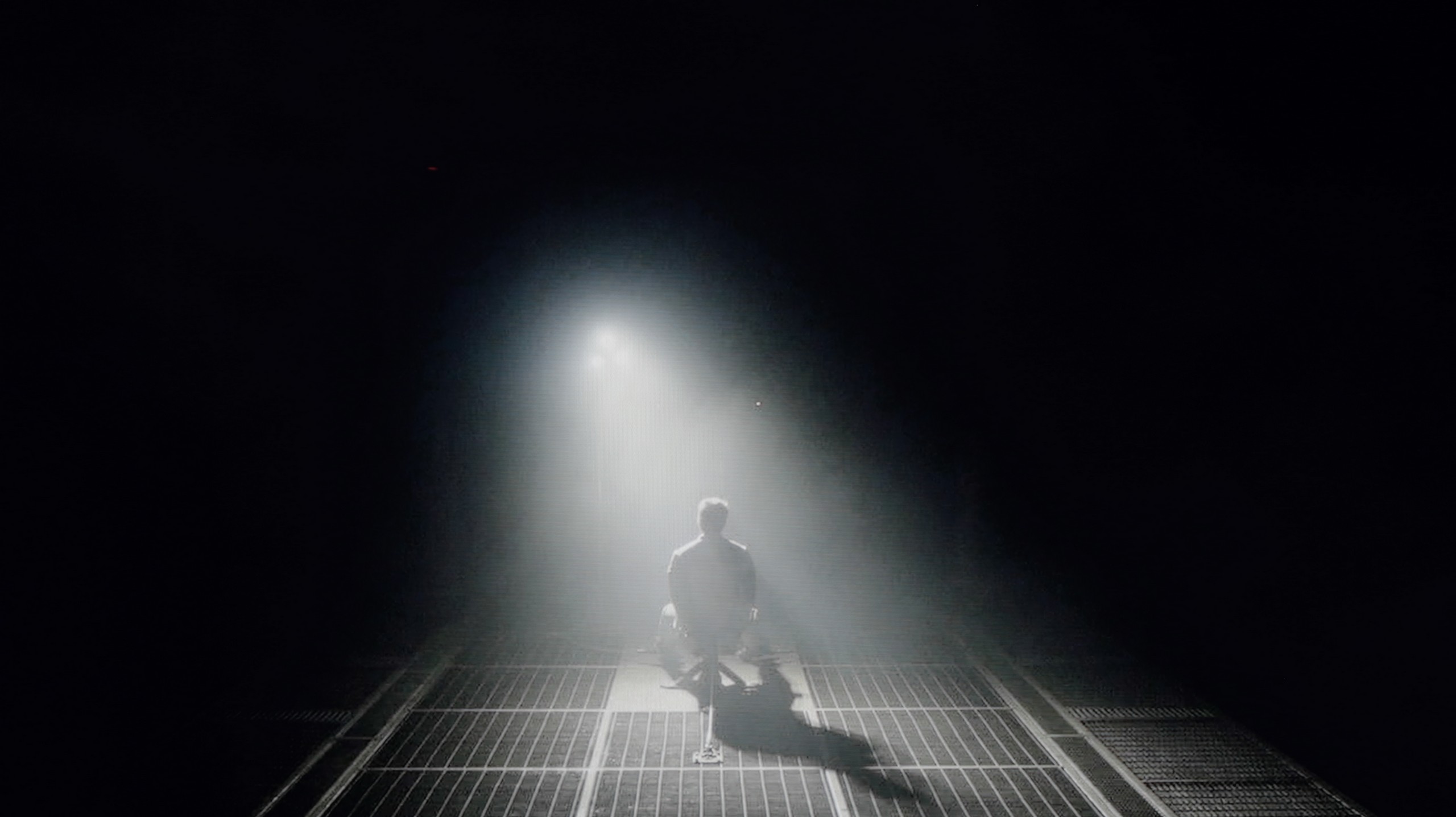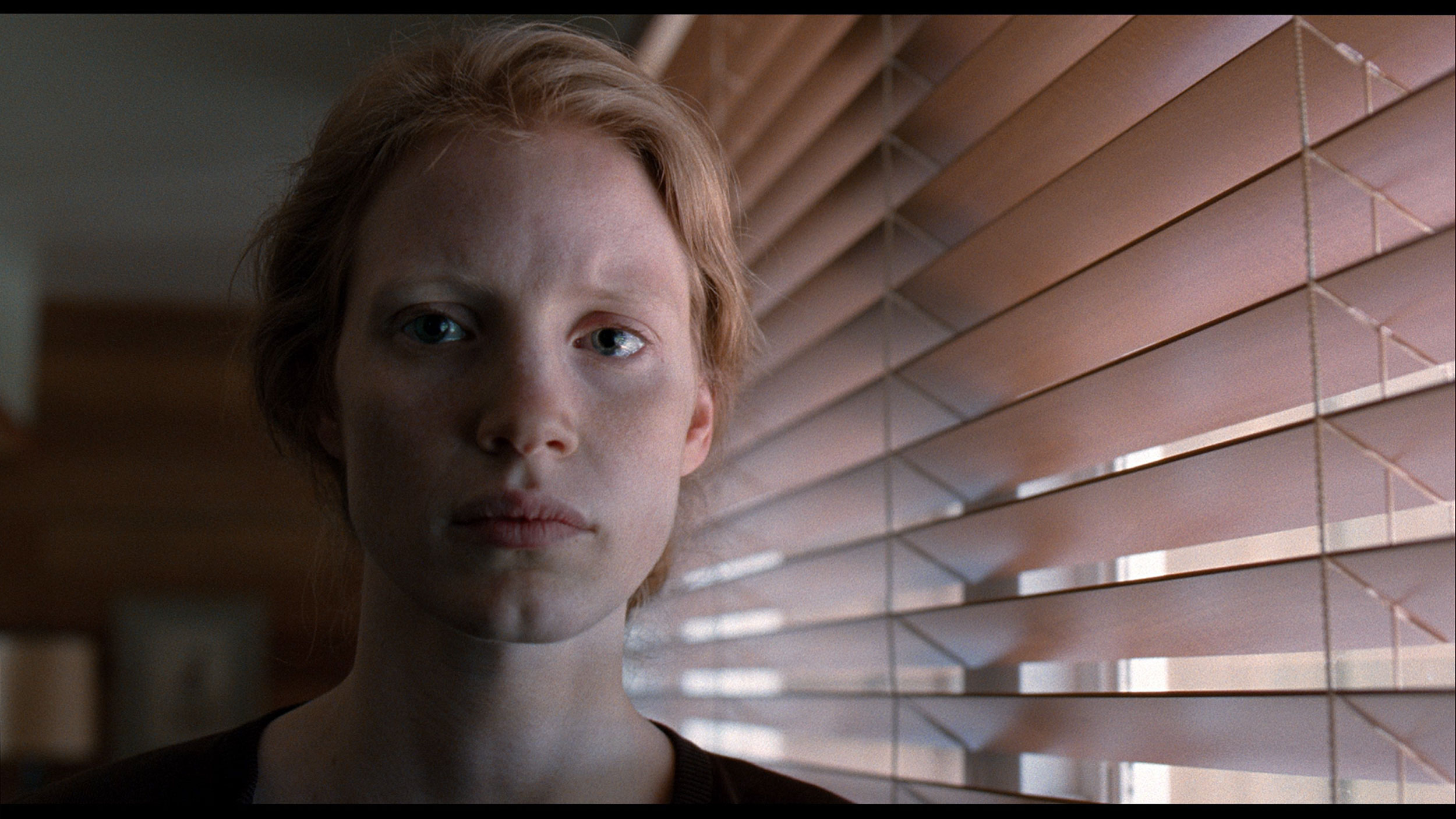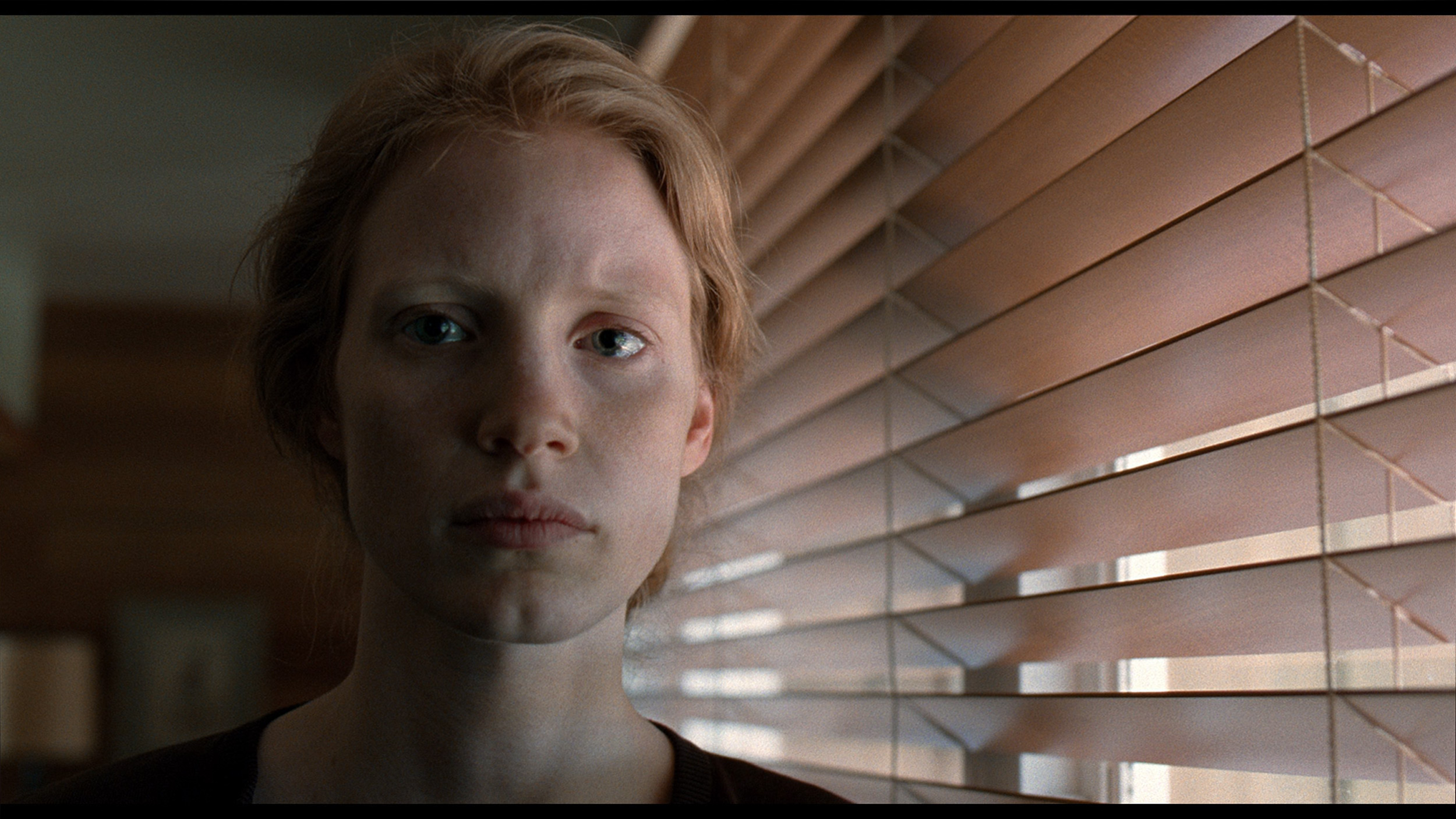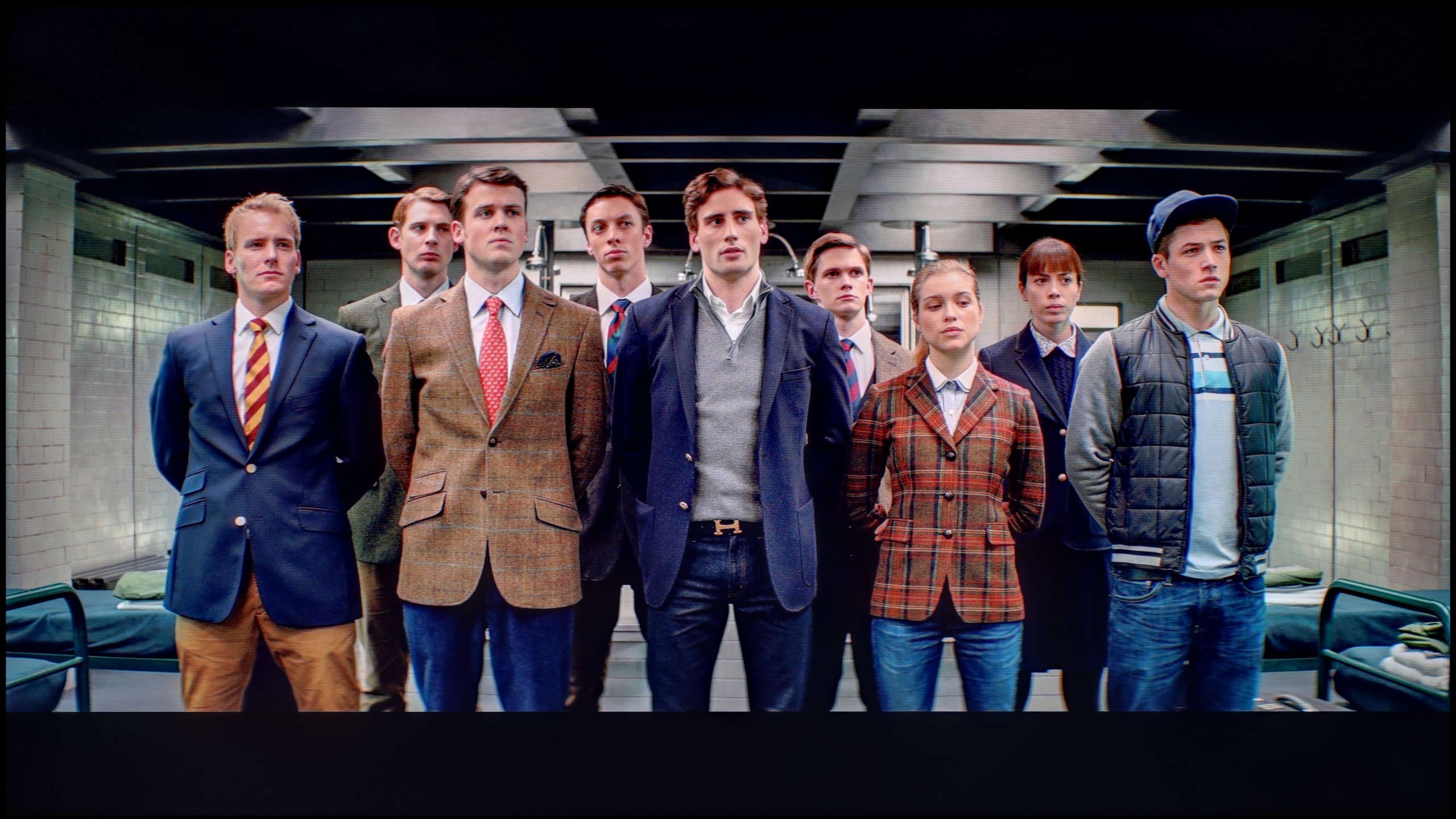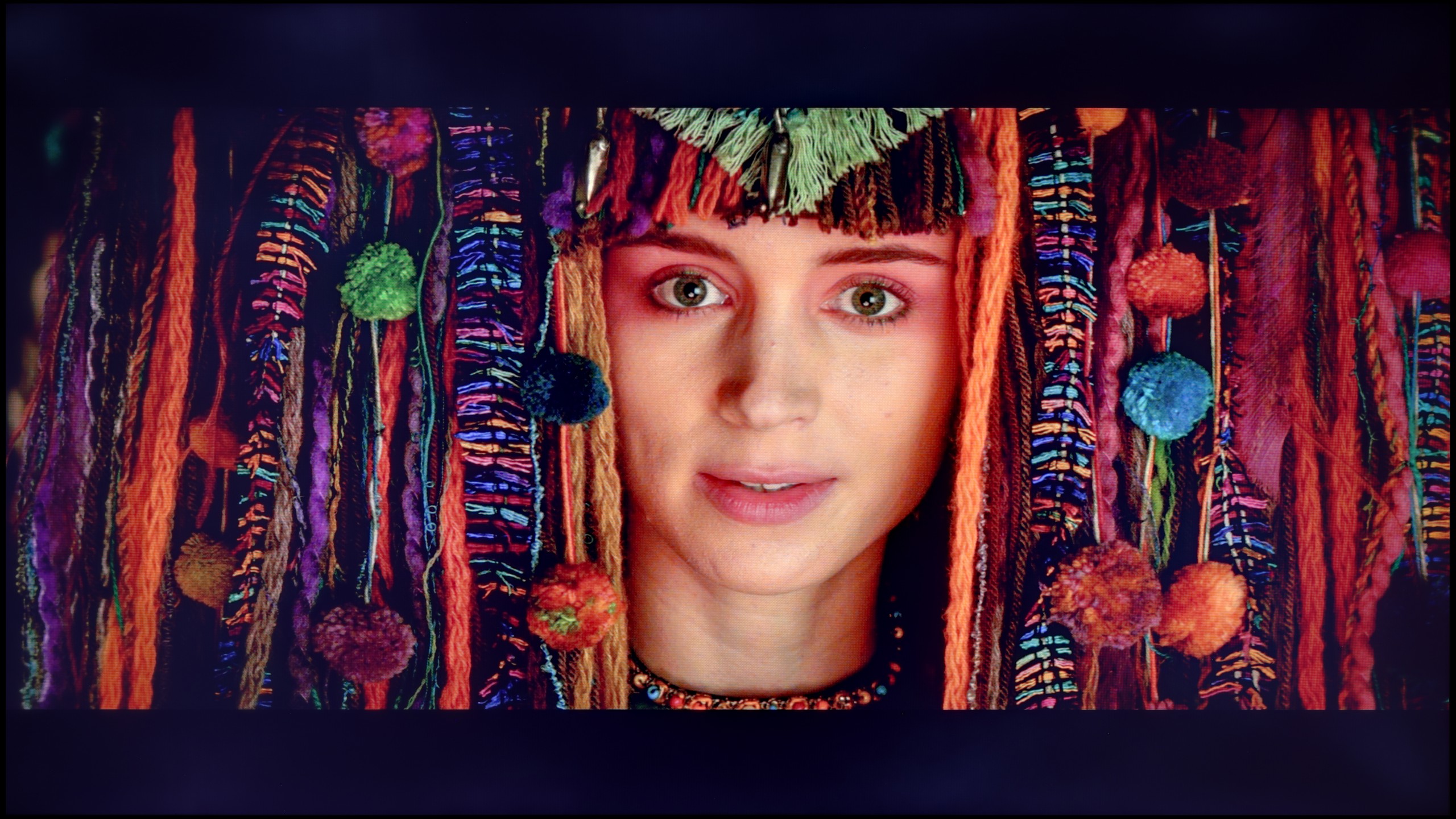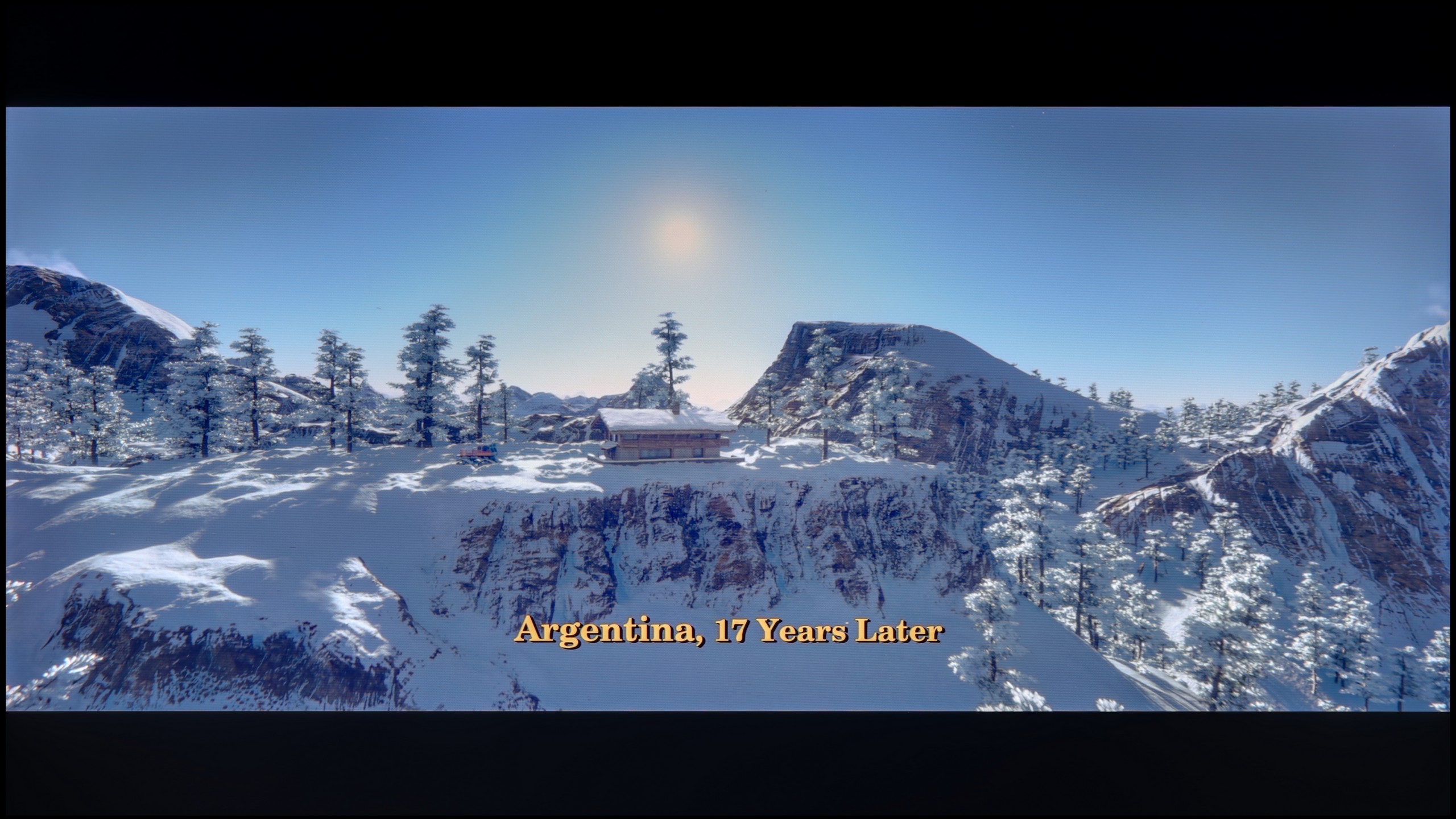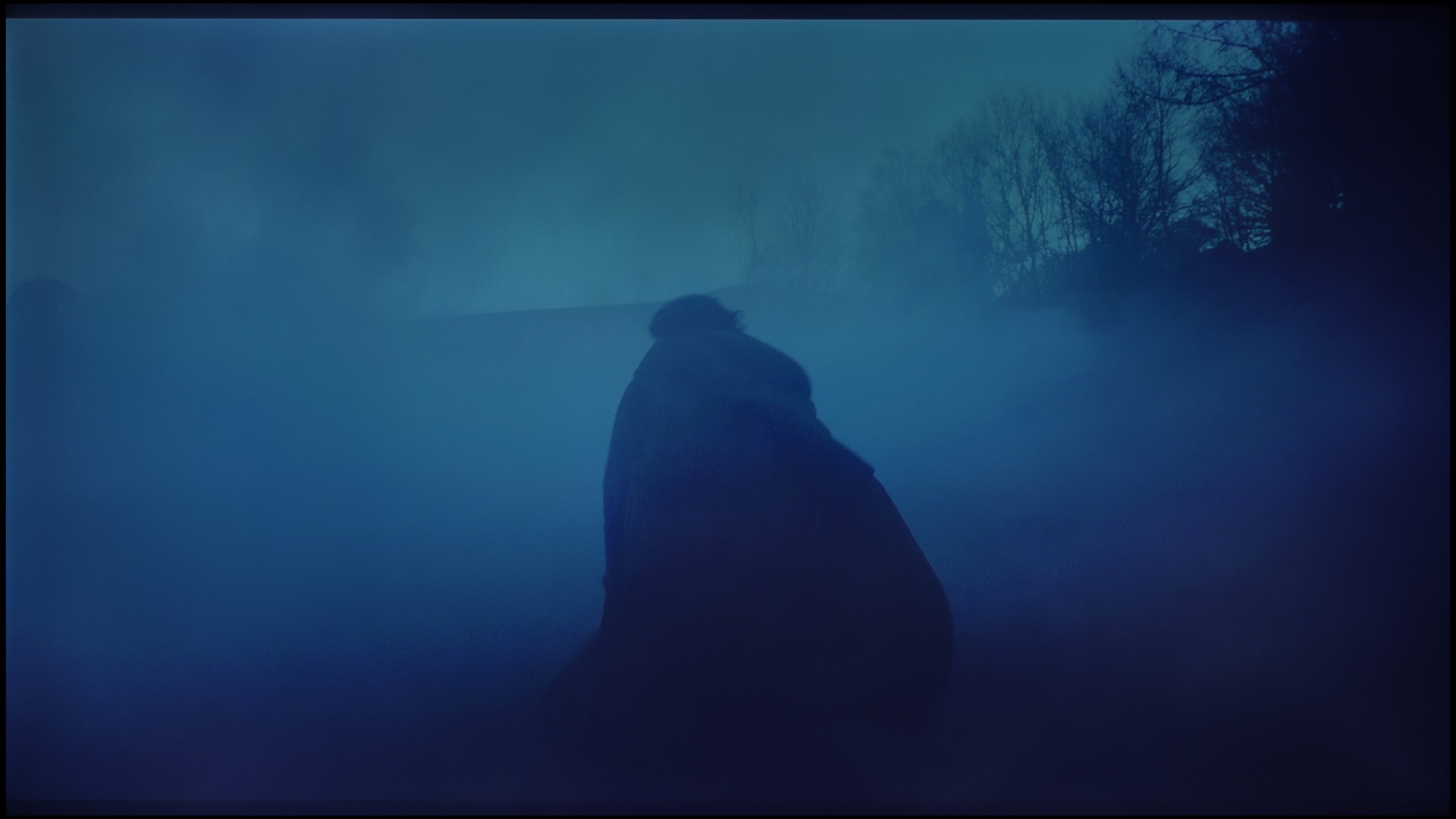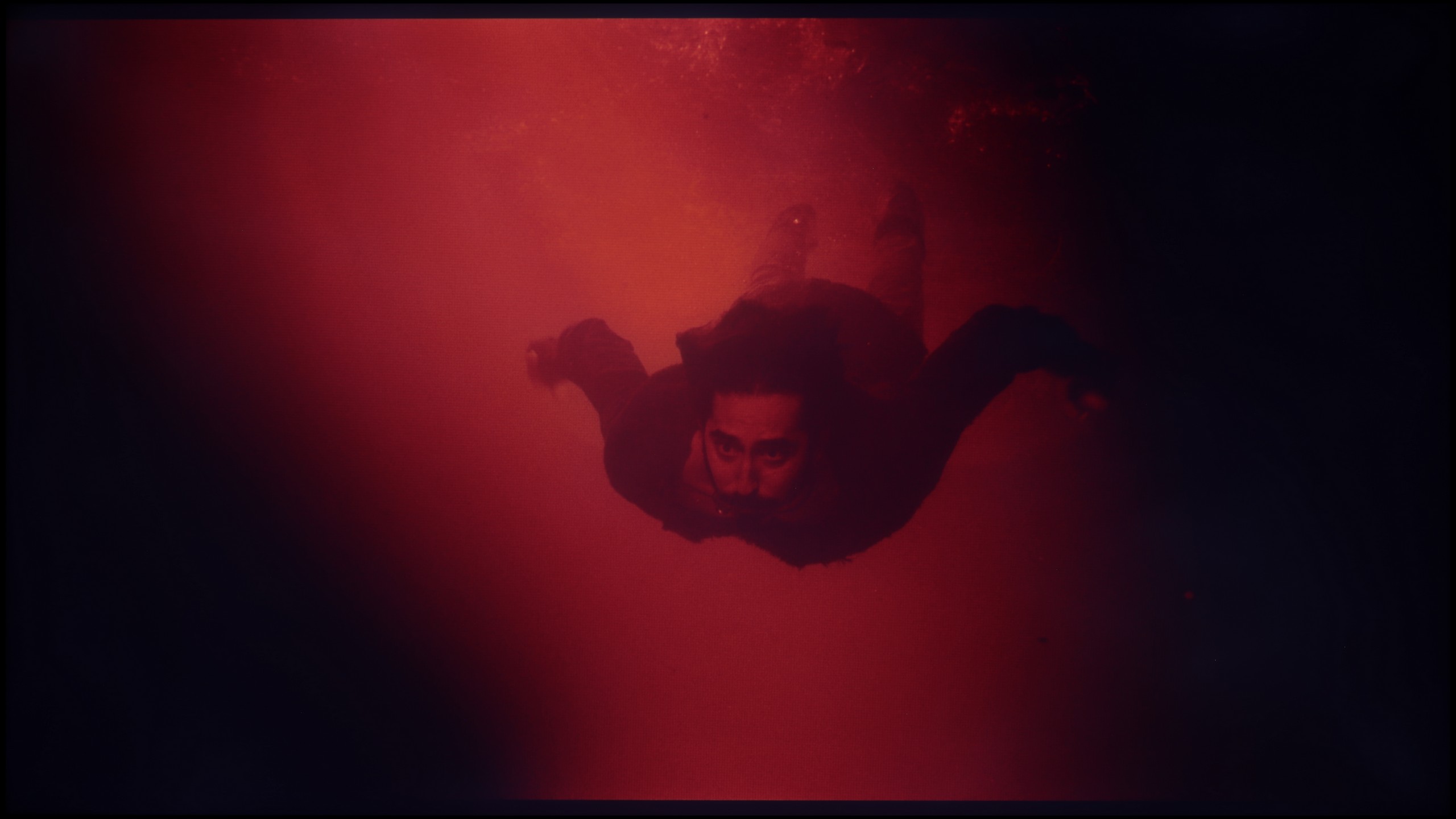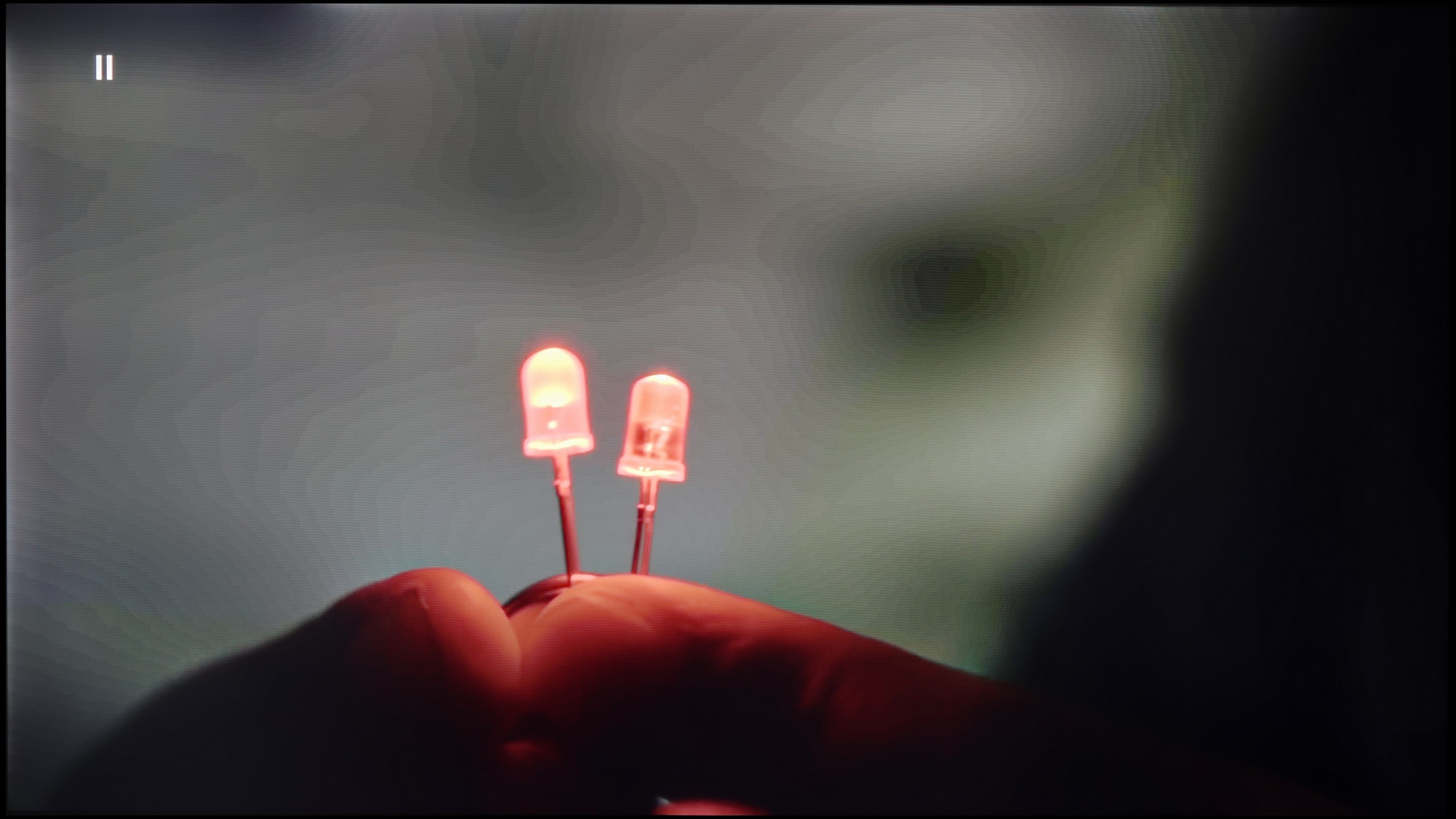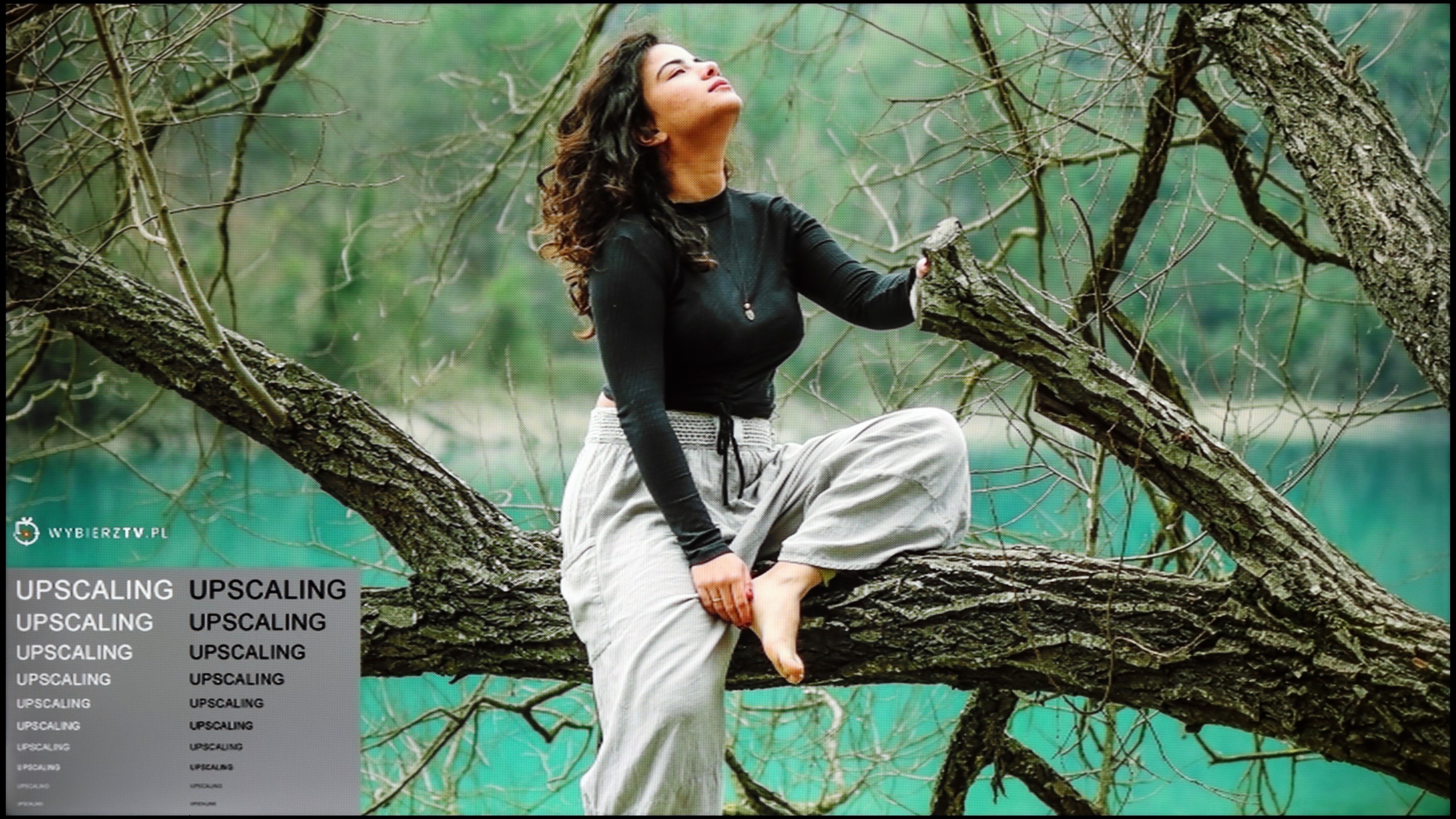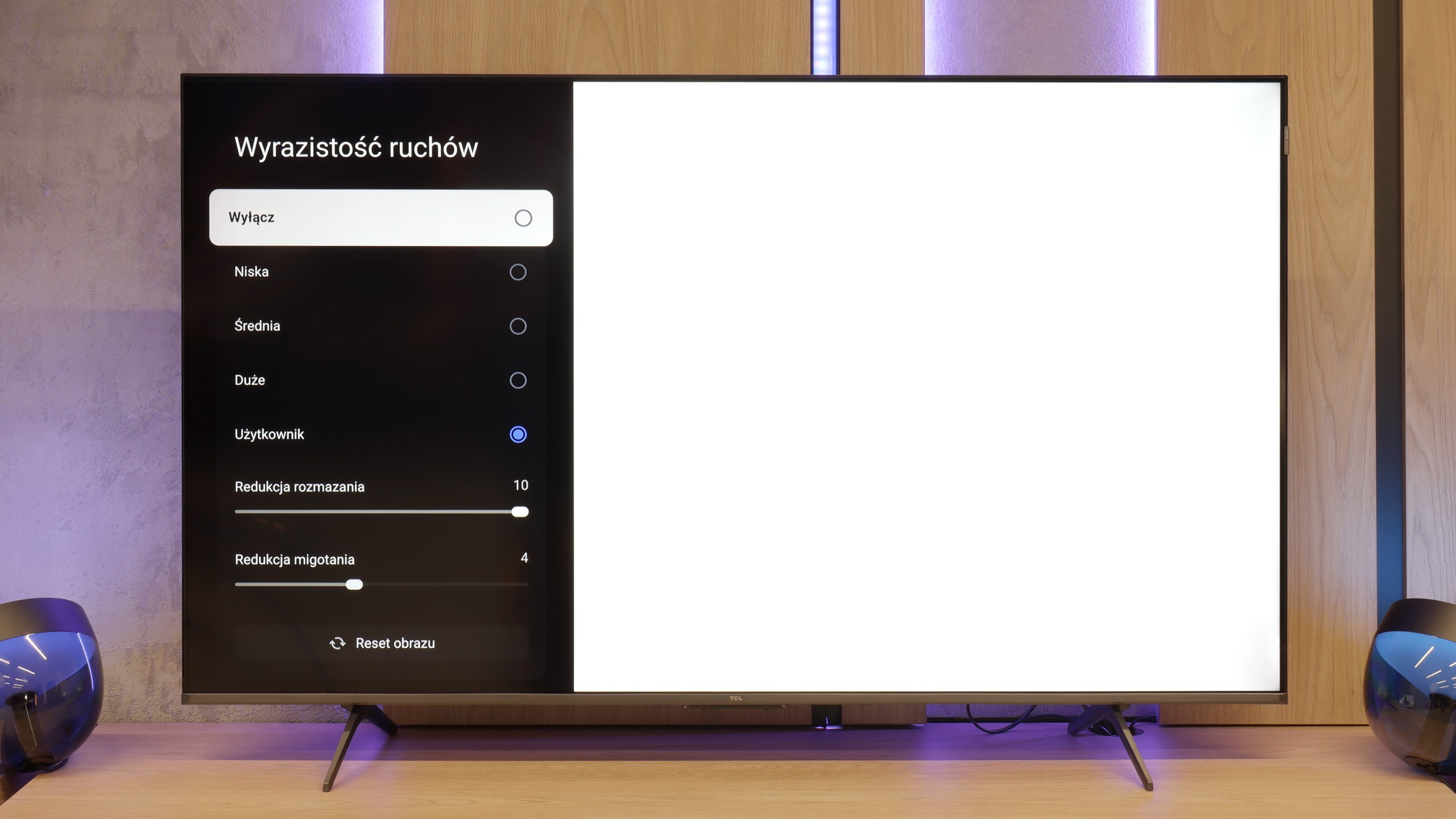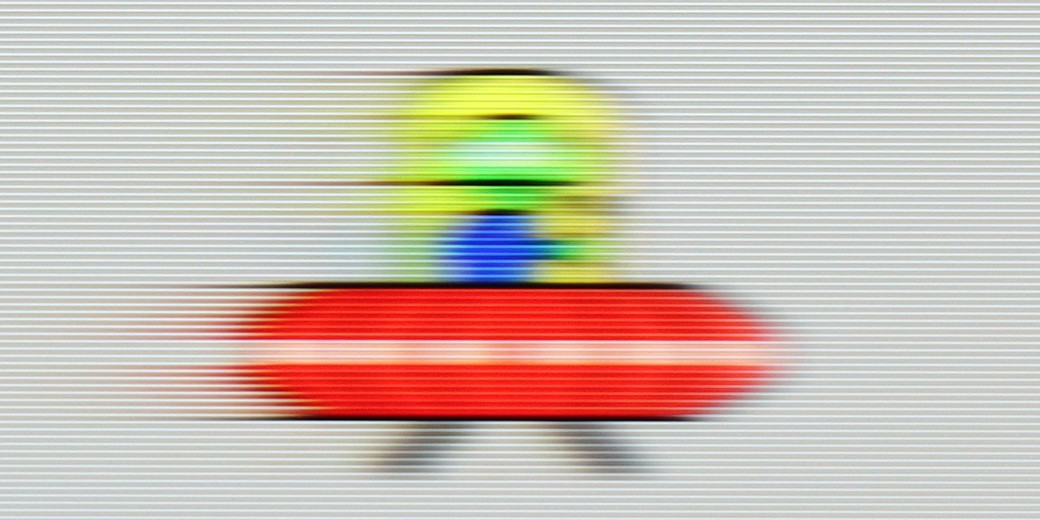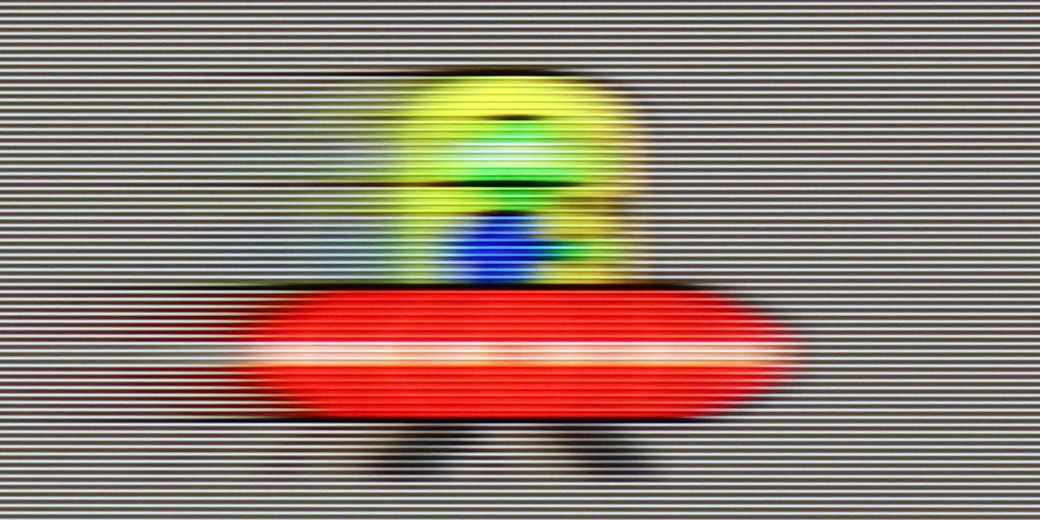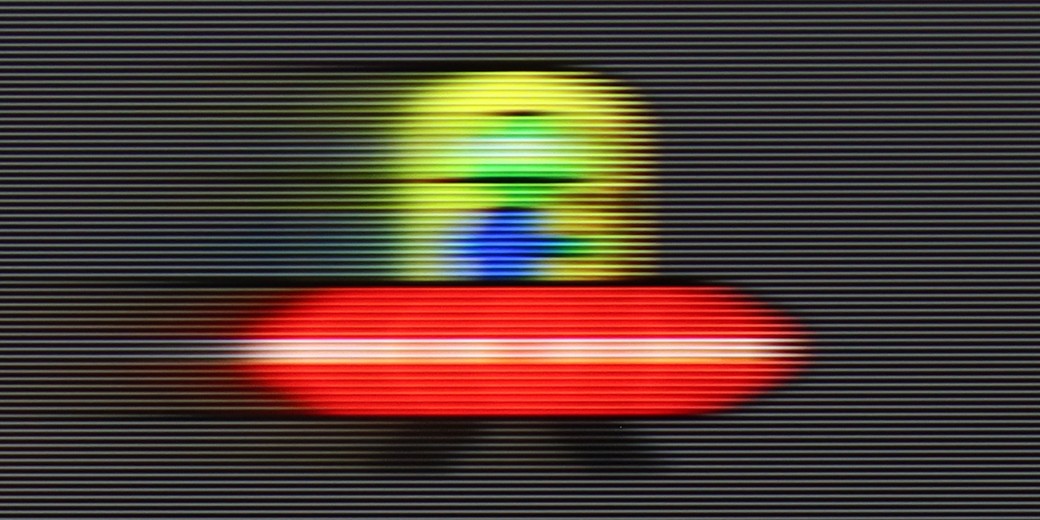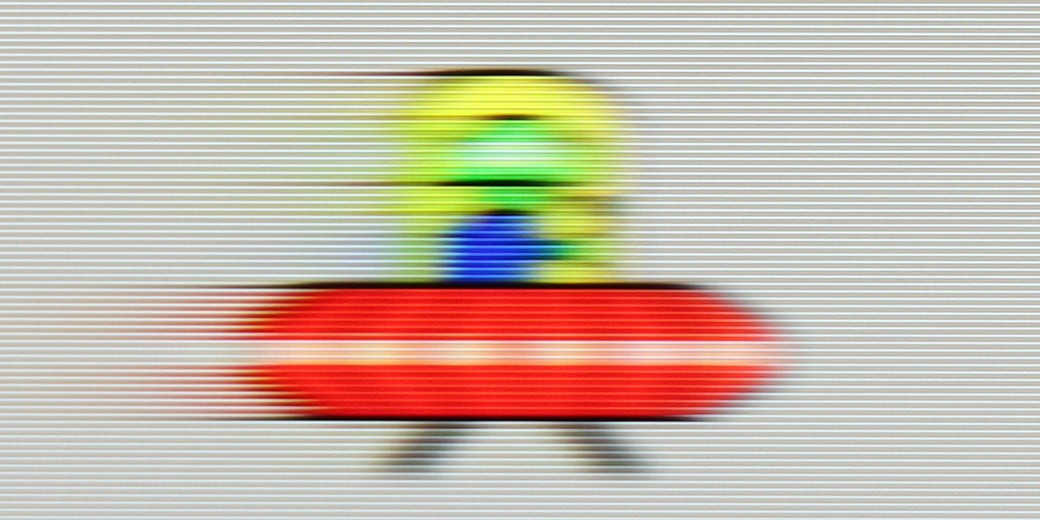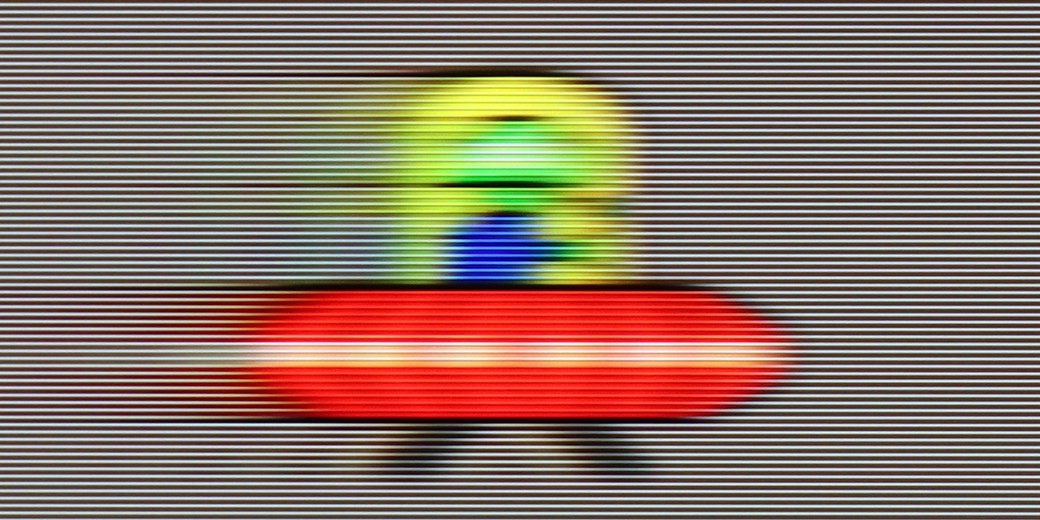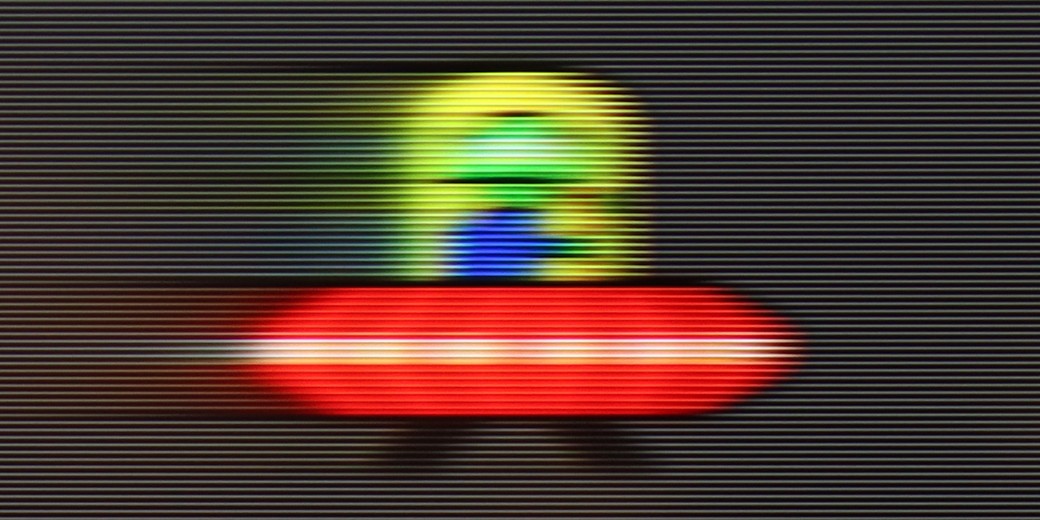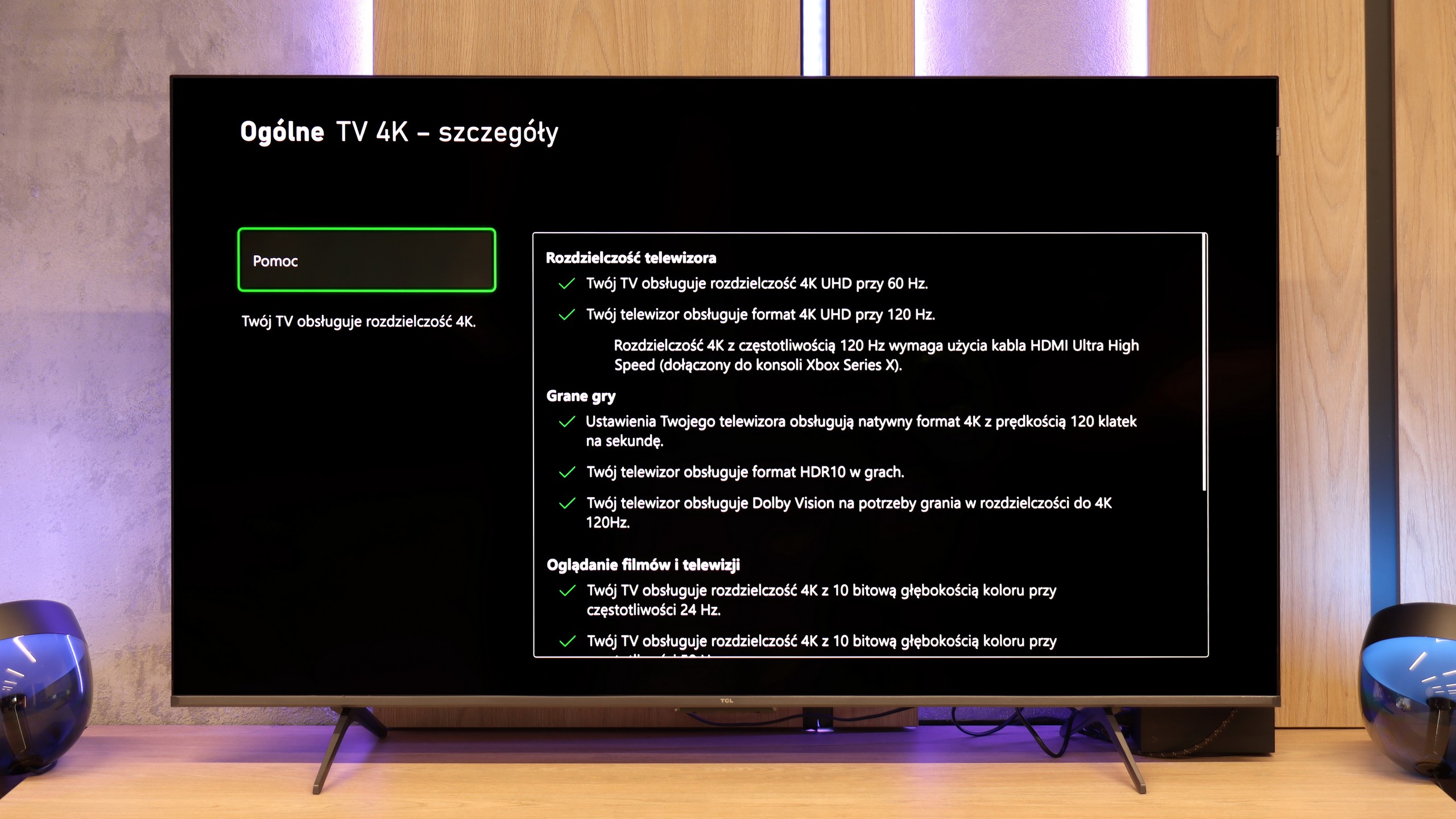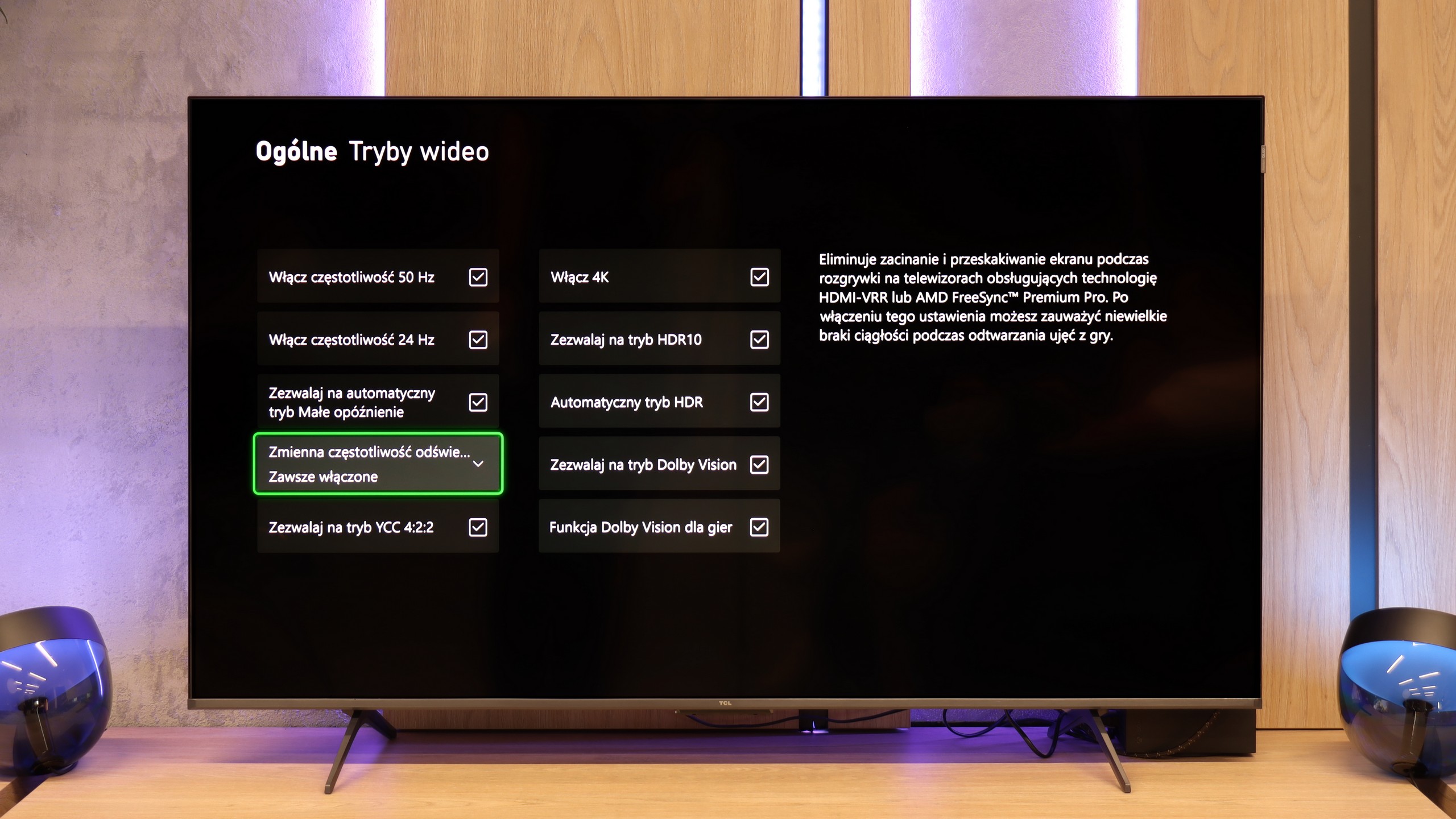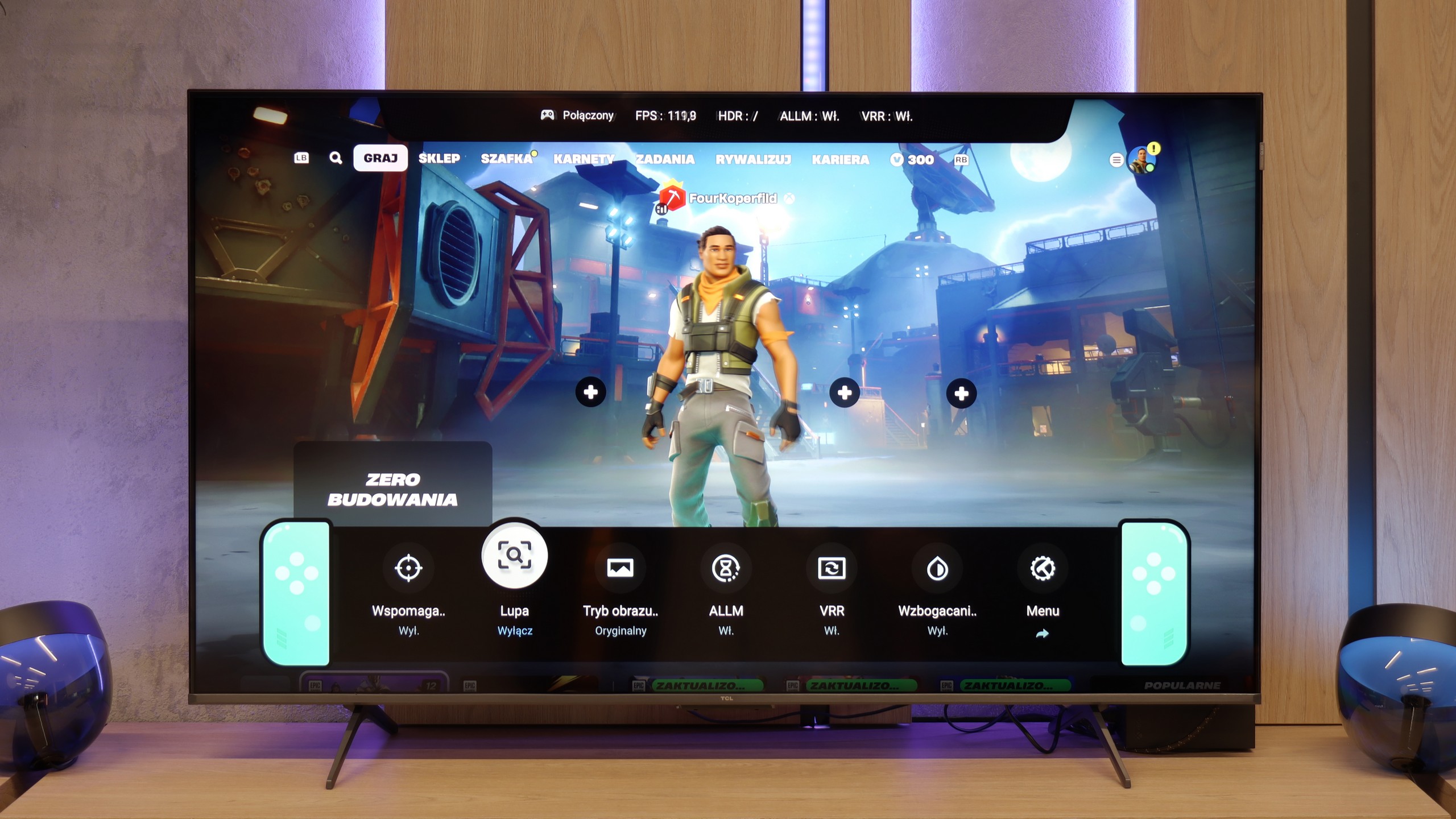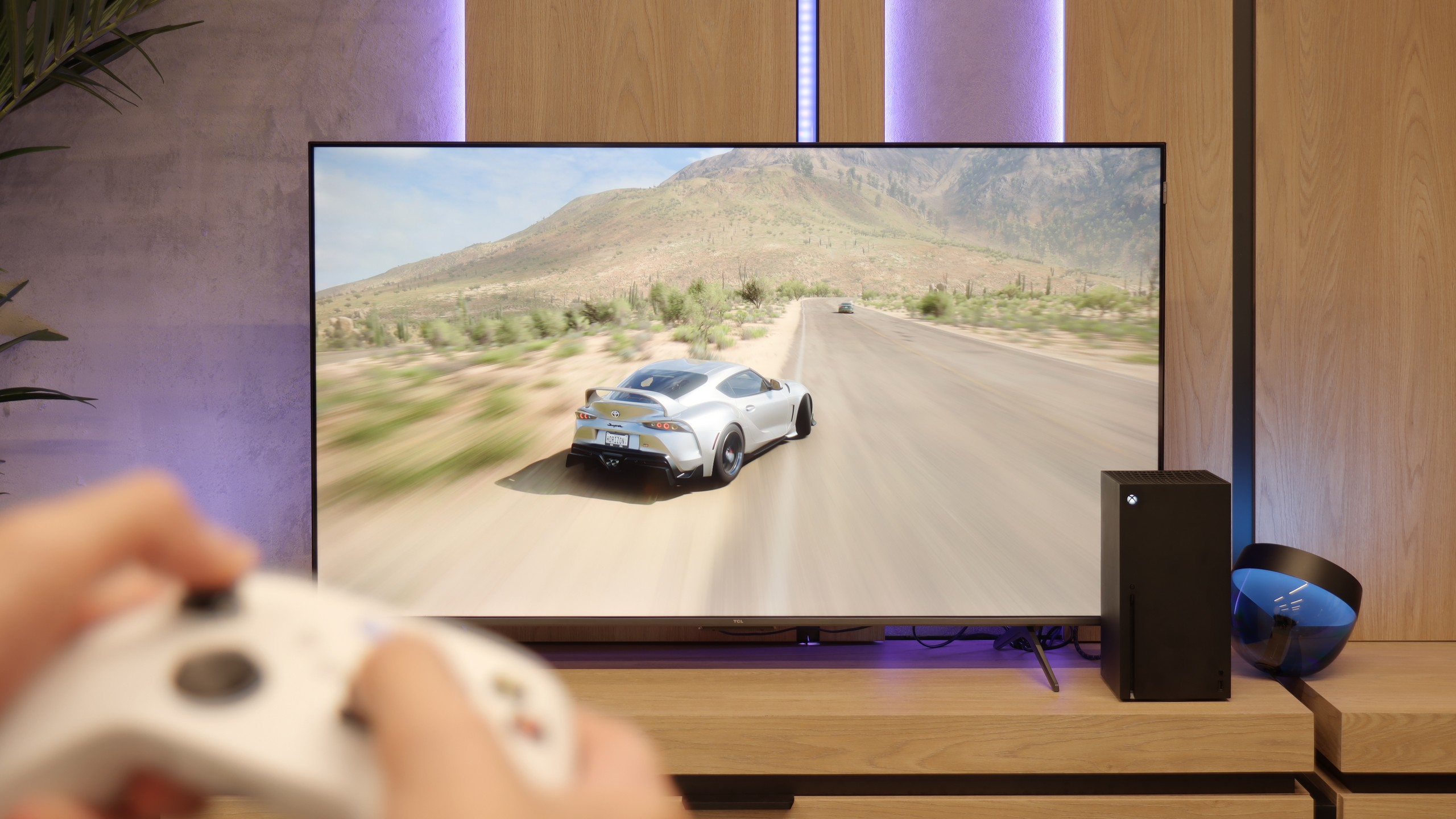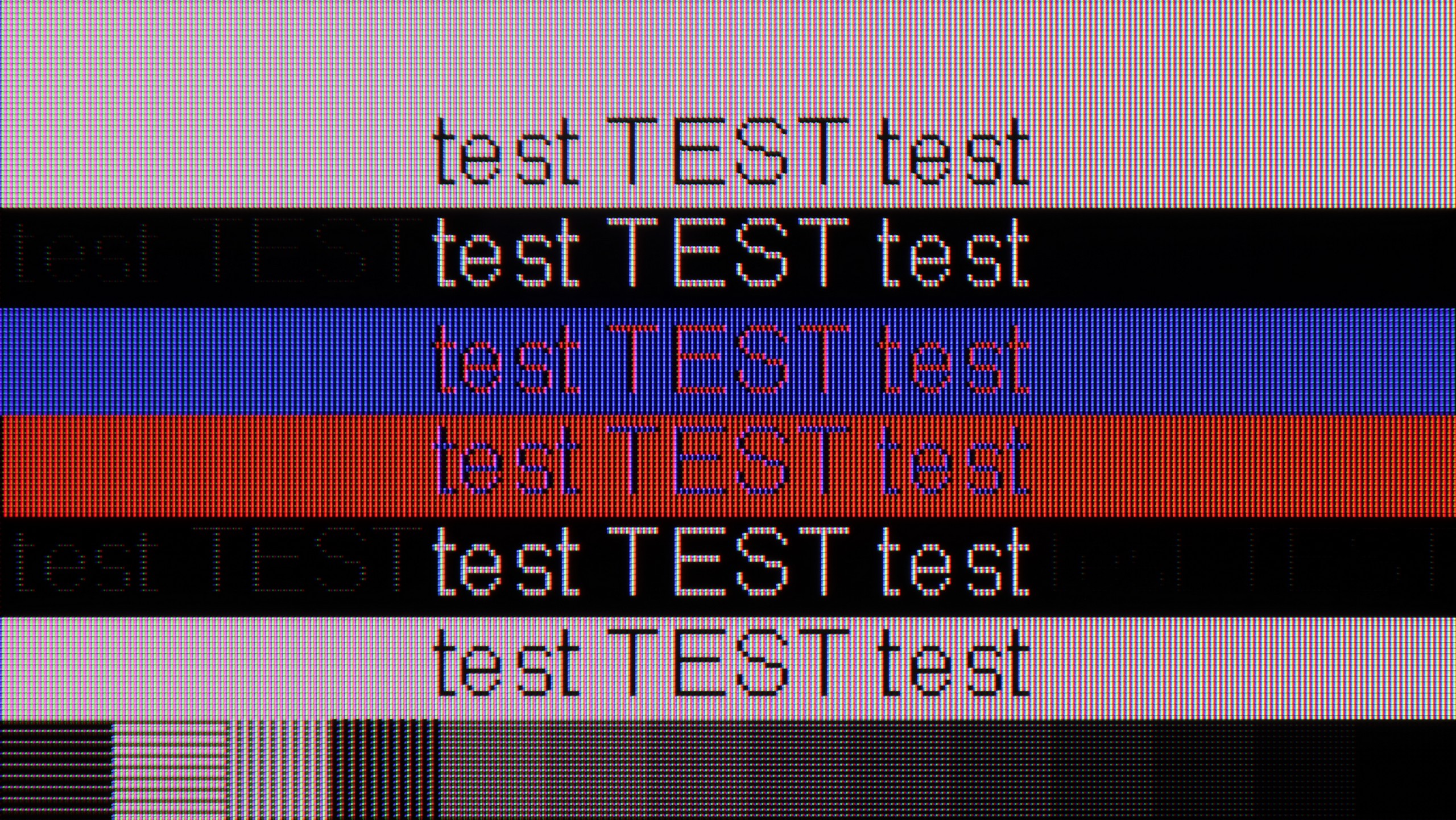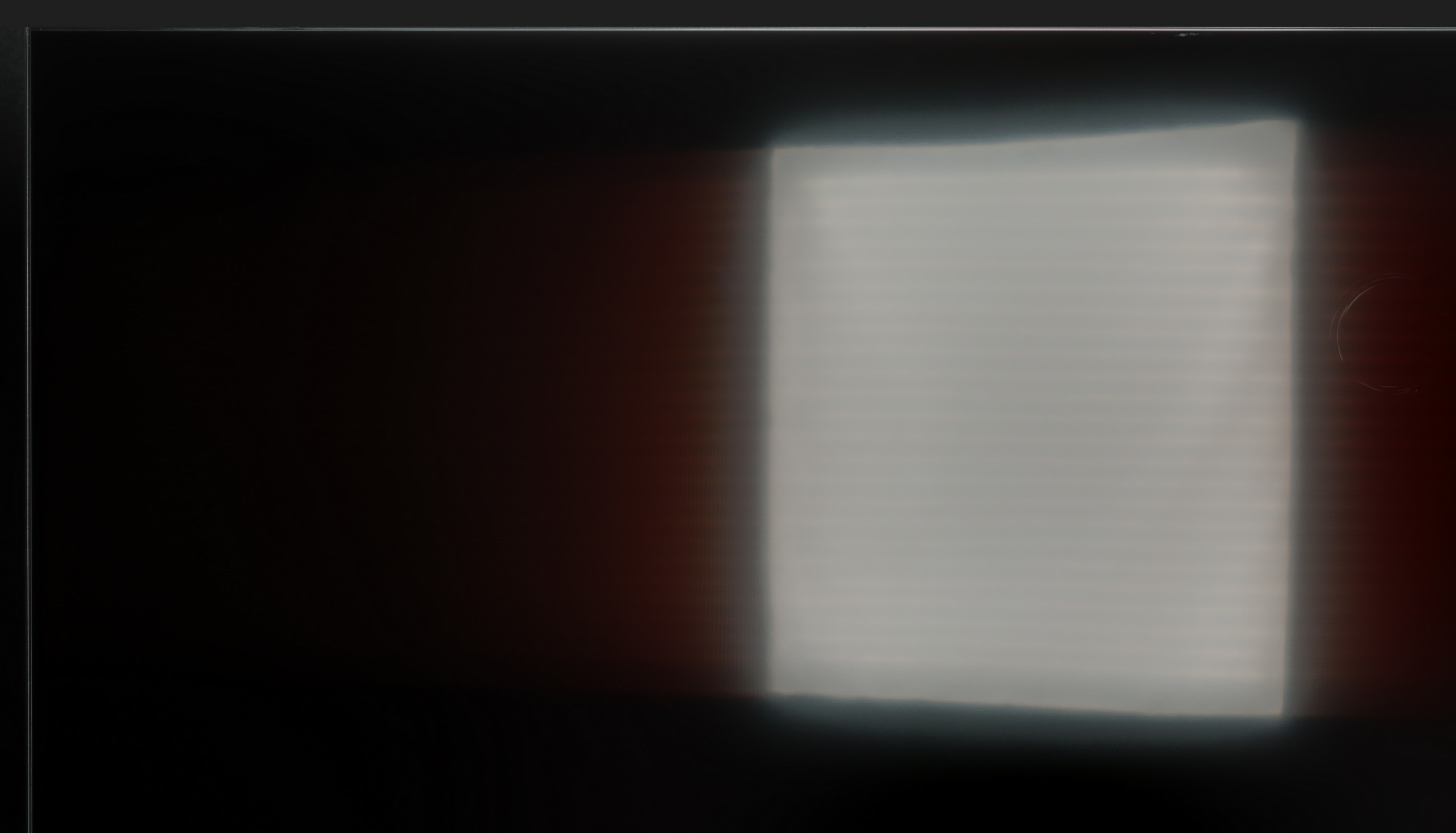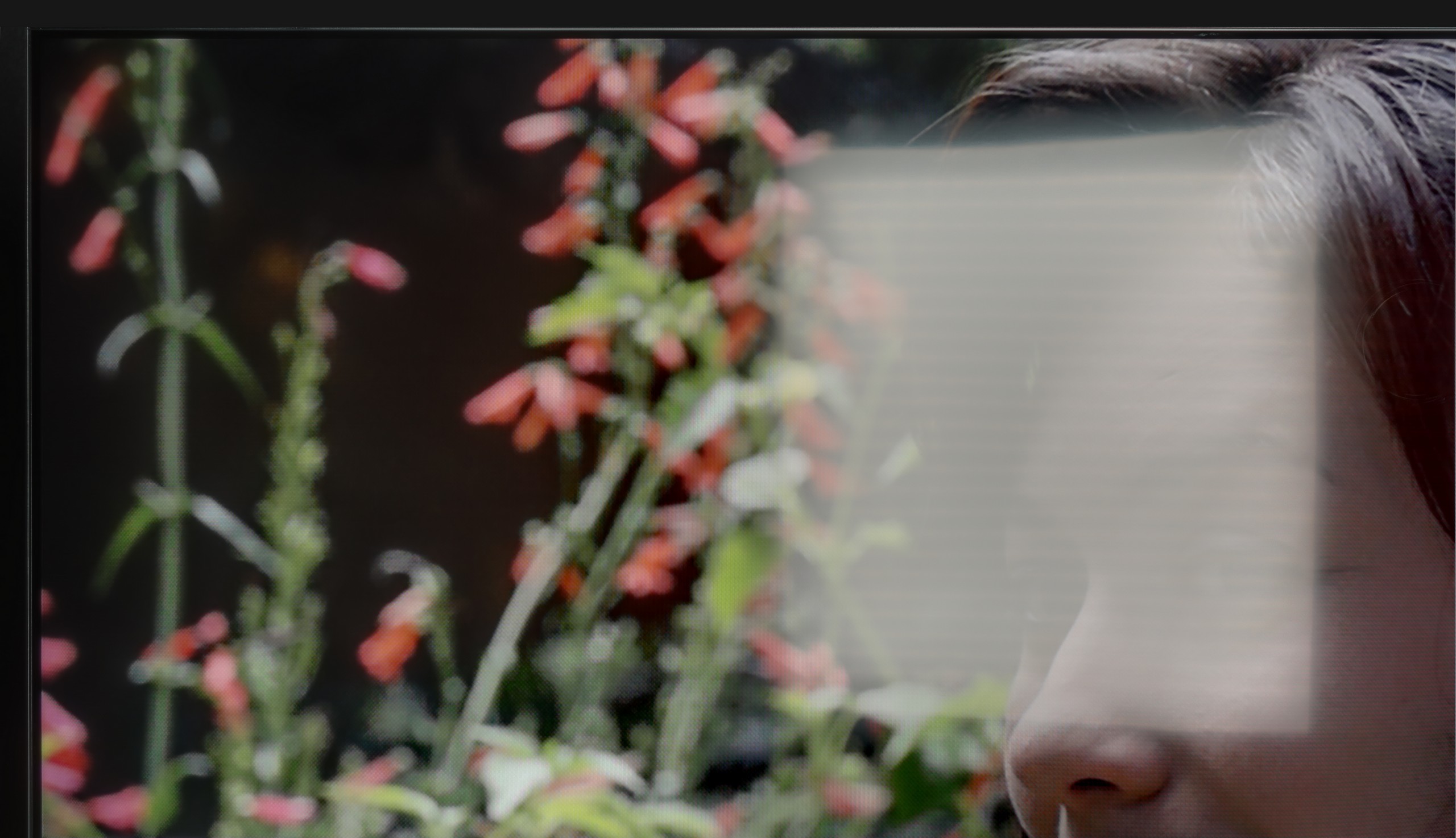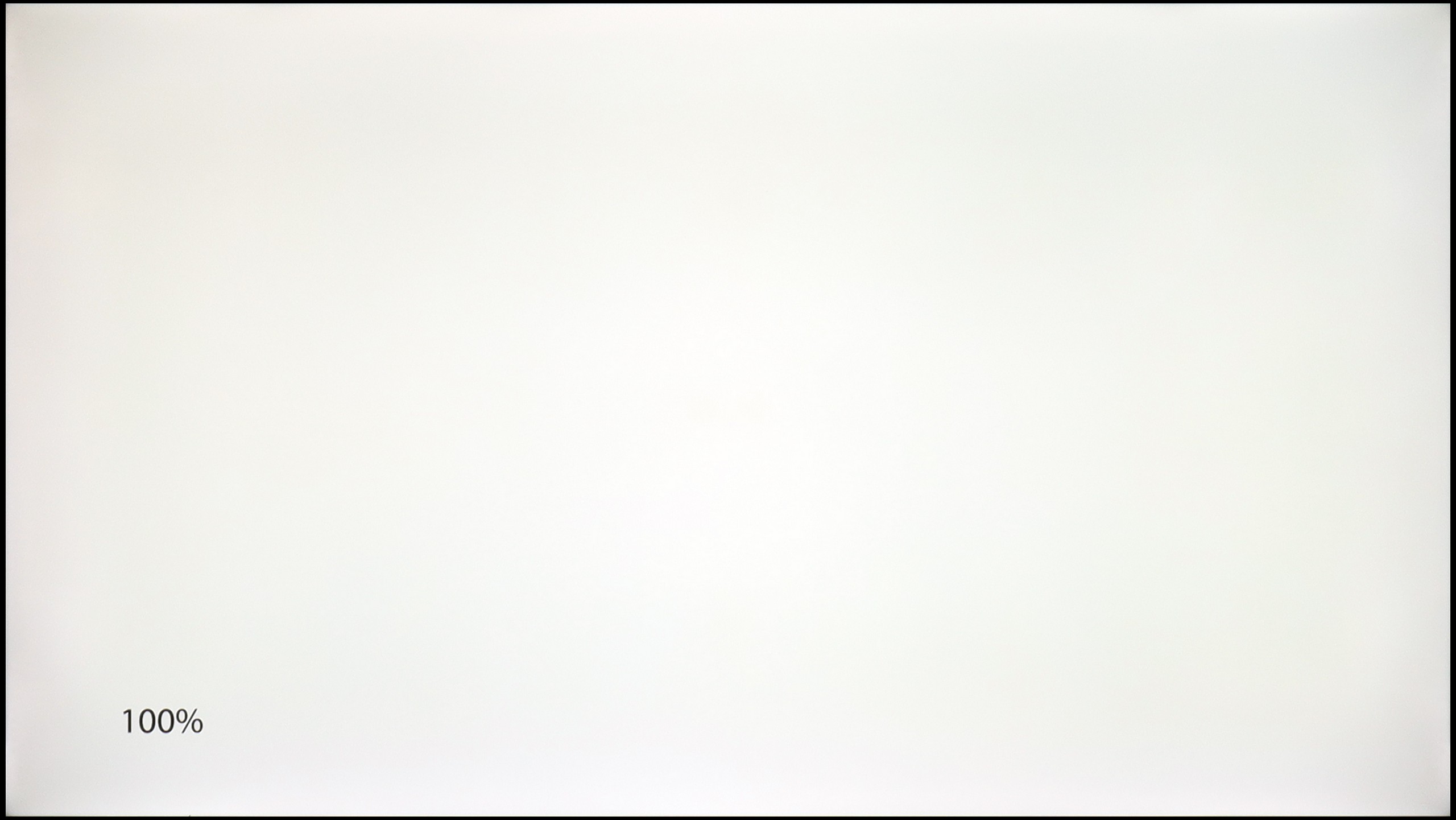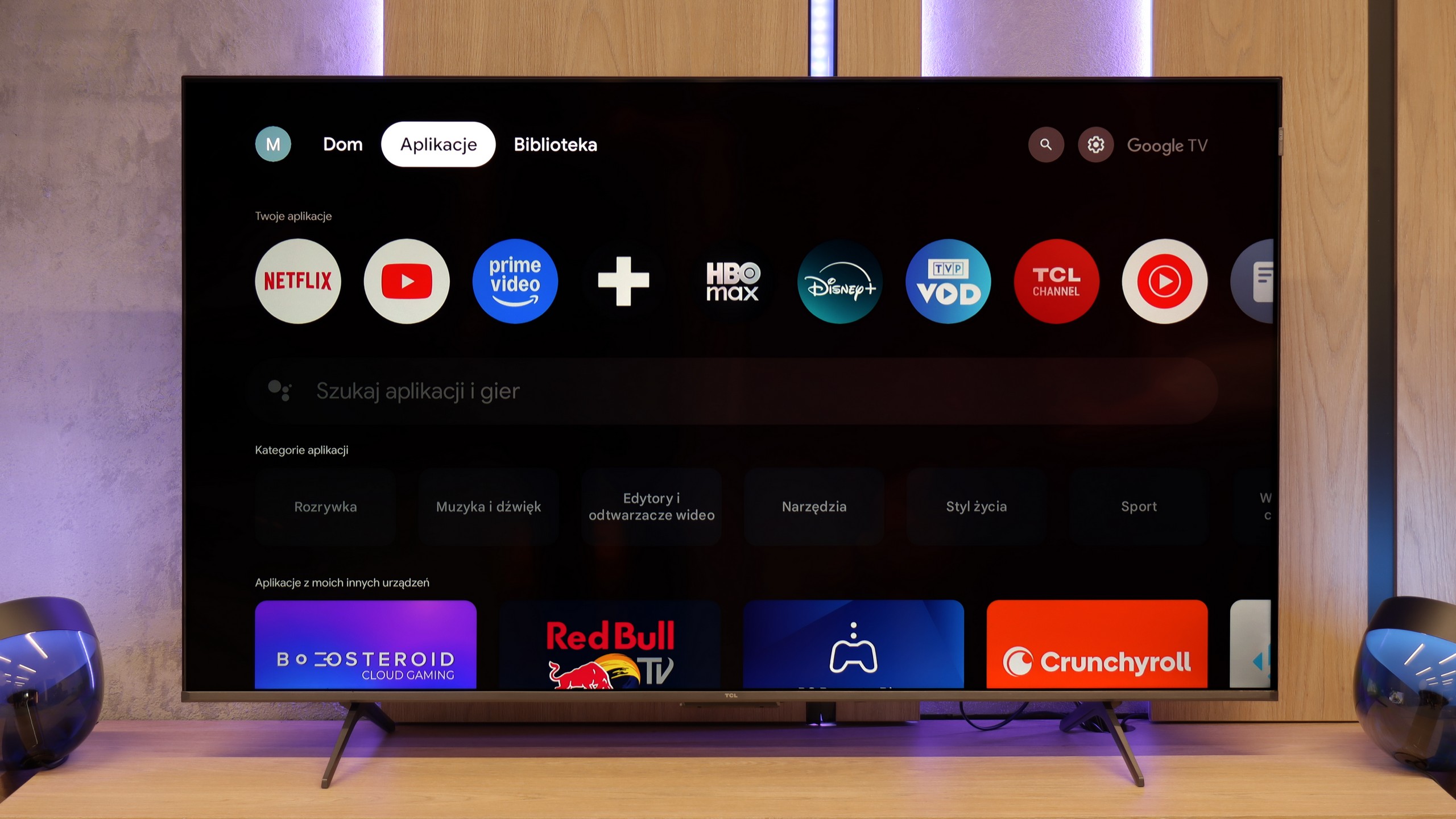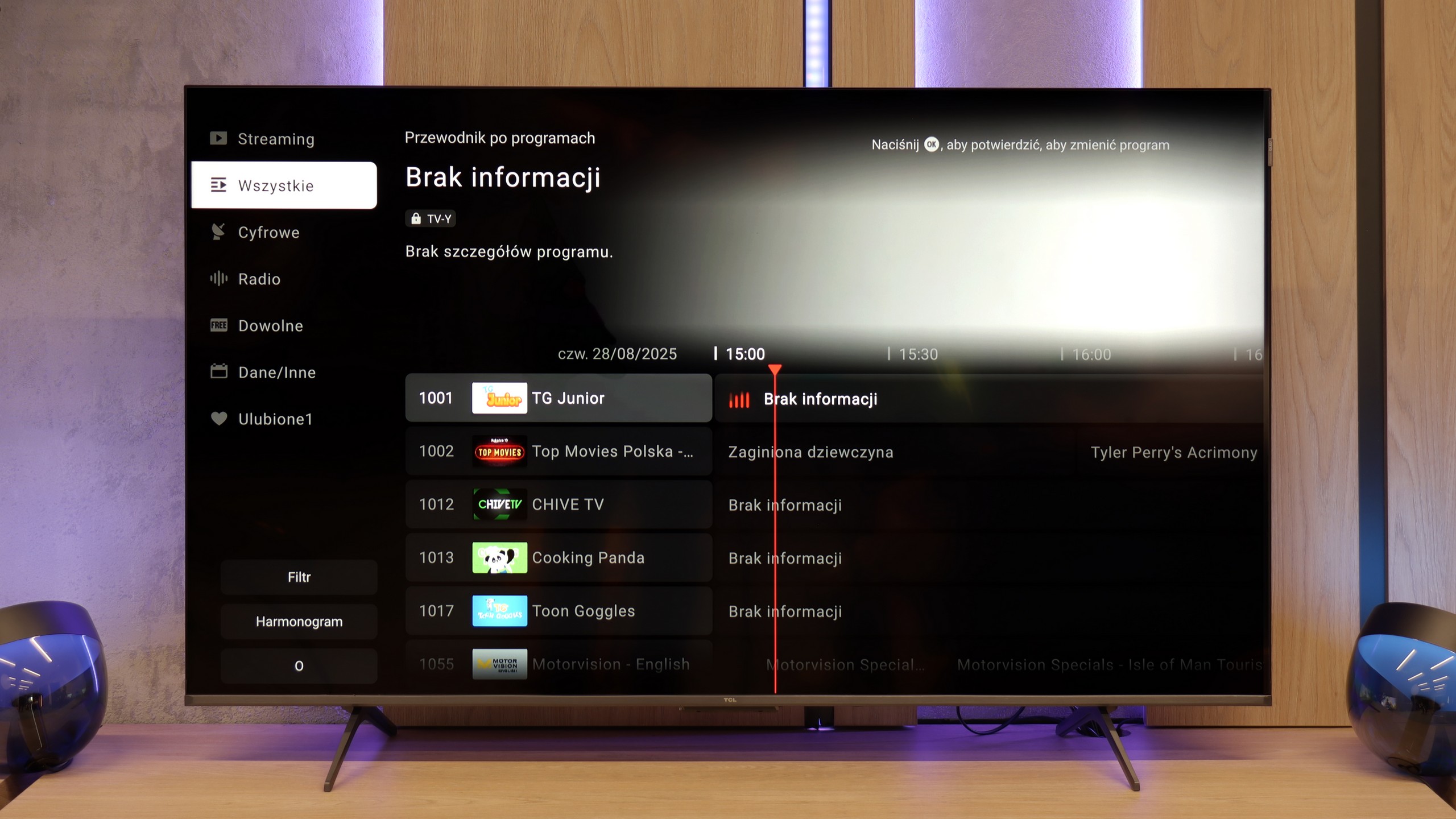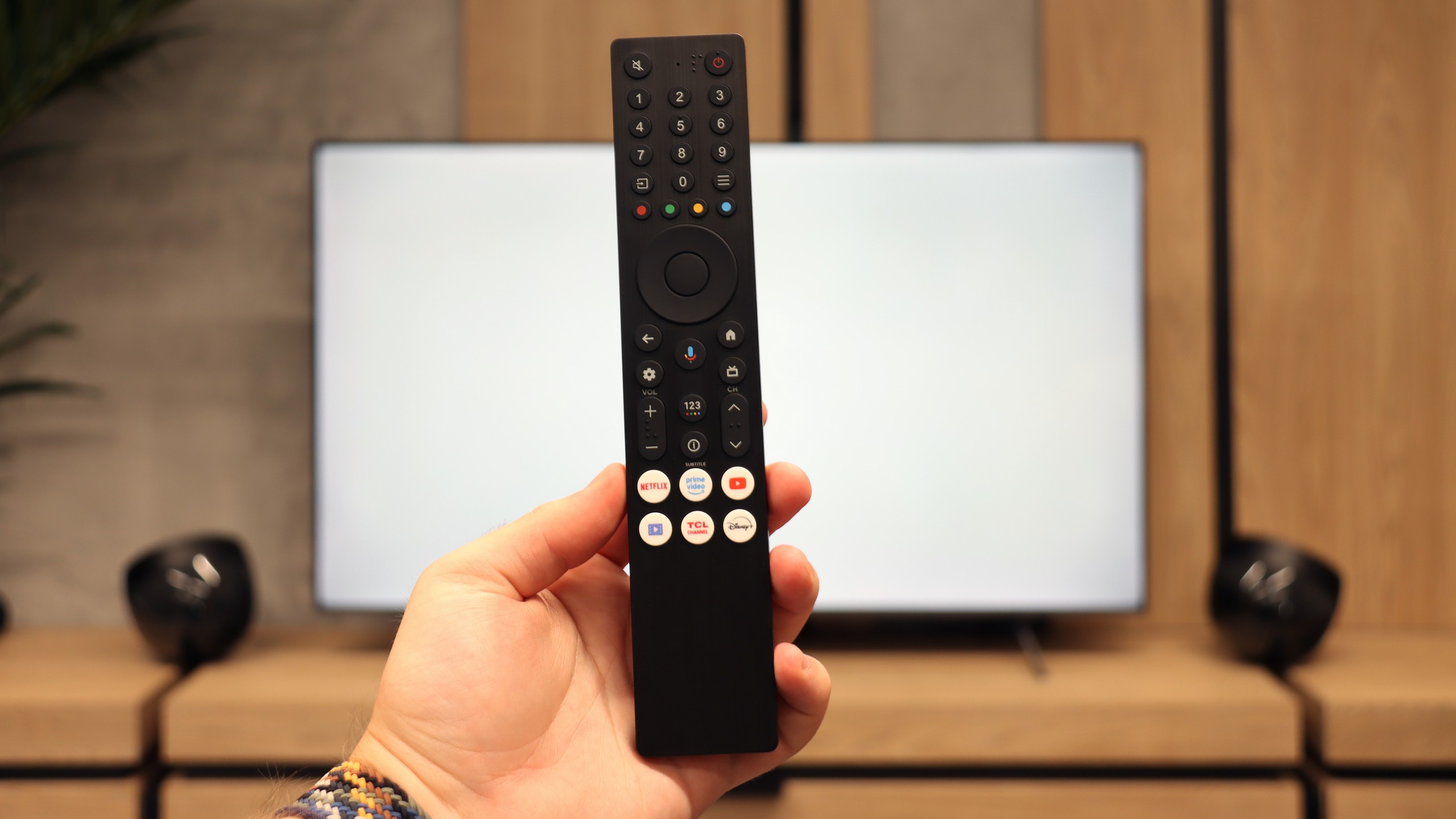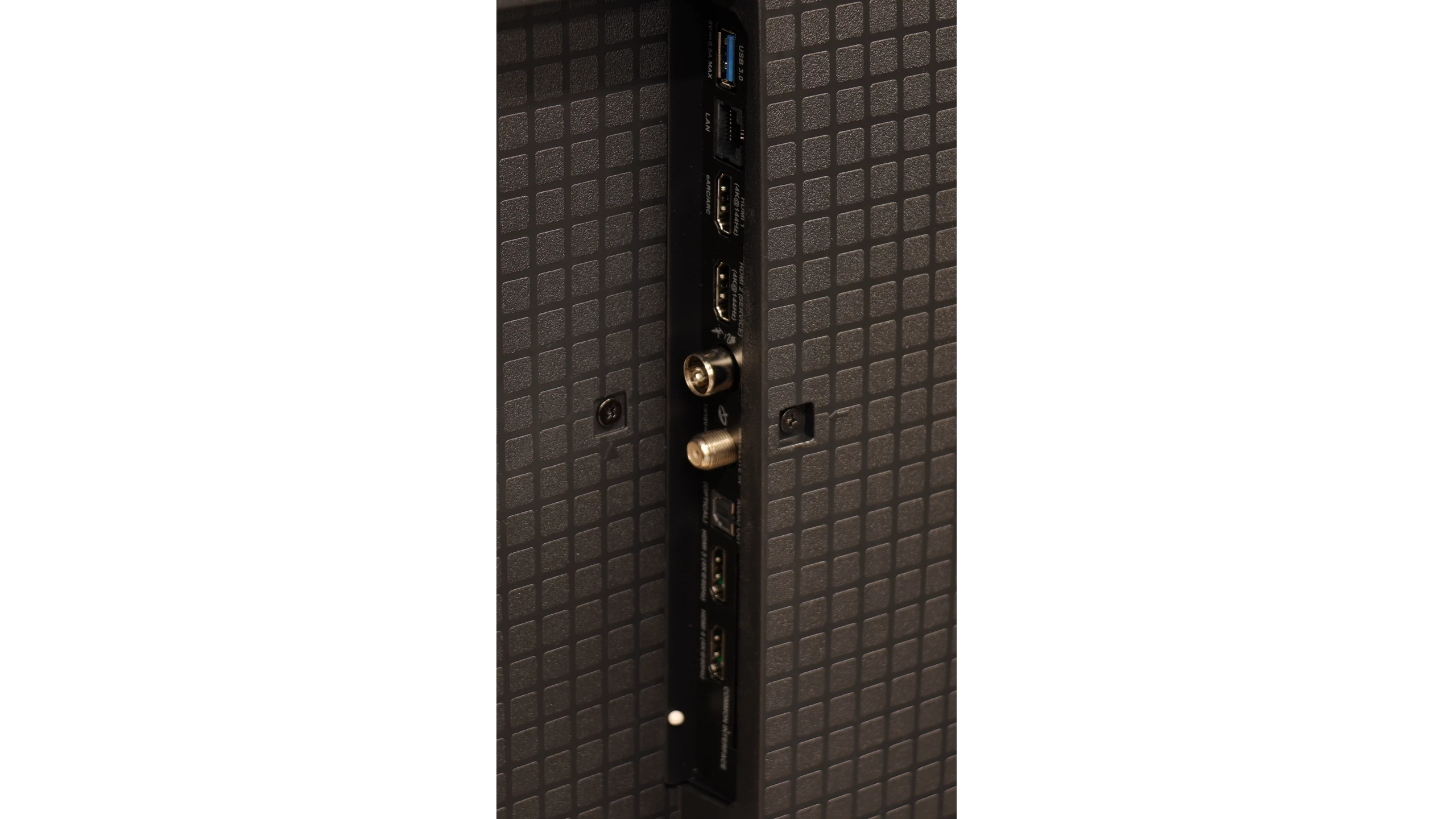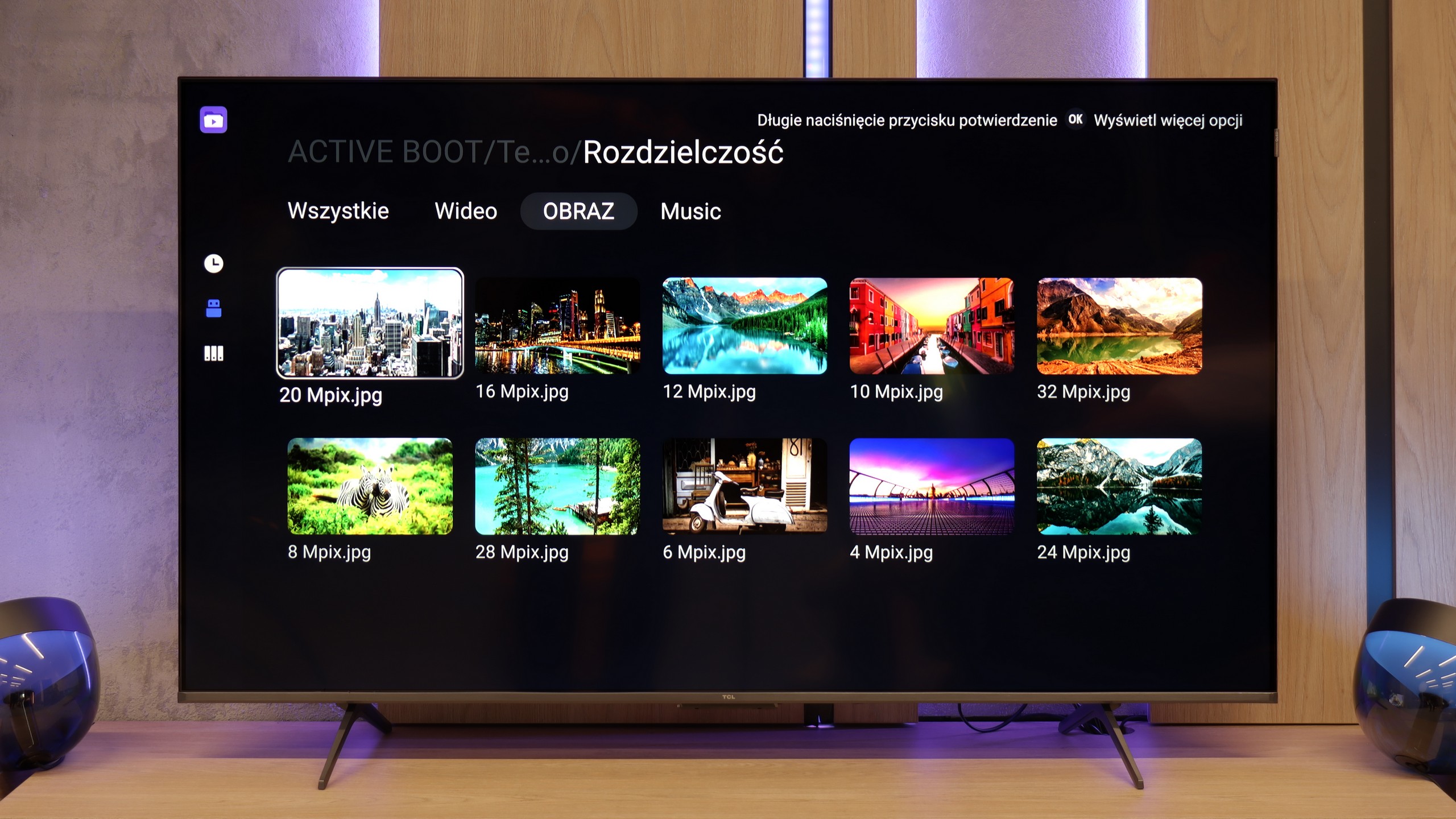The Samsung Q70D delivers solid performance for its price range, with standout features that will appeal to a wide range of users. Its gaming capabilities, in particular, are impressive, offering features like smooth gameplay and low input lag that make 30 fps titles feel like they’re running at 60 fps. The well-executed HGIG mode, which performs similarly to Dolby Vision, is another highlight for gamers. Additionally, the Samsung Q70D pairs easily with Canal+ decoders, a feature many other TVs struggle with.
When it comes to daytime viewing, the Samsung Q70D shines with bright SDR content that makes it ideal for well-lit rooms. However, there are a couple of downsides. The lack of Dolby Vision is noticeable, as the TV’s brightness could have benefited from it, and light leakage can be seen in dark scenes with low brightness settings. While these issues are not dealbreakers, they are worth noting.
On the plus side, the Samsung Q70D has one of the best motion smoothers in its class, making it perfect for sports or fast-action content. The system runs smoothly and has all needed apps. Overall, the Samsung Q70D is a strong addition to the manufacturer's seventh series, with consistent improvements in quality and growing popularity.
TCL P8K is a television that immediately wins you over. It seems cheap, supposedly of lower quality, yet it can surprise you. This device shows that at this price, you can still get equipment with character – and it's specifically aimed at a certain group of users. Because let's be honest, the P8K is a television created with gamers in mind. Two HDMI 2.1 ports, VRR support, 4K at 120 Hz, HGiG, and even Dolby Vision in games – it sounds like something that just recently could only be found in much more expensive models. And on top of that, a 144 Hz panel and the possibility to reach even 240 Hz on PC. At this price? It's really hard not to smile. Added to this is Google TV, the system that breathed life into this screen. Everything works intuitively here, with access to a vast library of apps and an efficient Google Assistant that actually understands what you're saying – even when you say it in your own way. Of course, it's not a perfect television. Brightness in the range of 250–300 nits is unimpressive and probably won't impress in a sunny living room. But just an evening, a movie, and a little darker environment will reveal that this screen can do quite a bit. Thanks to dynamic tone mapping, the P8K handles HDR surprisingly well, and colors can look natural. In cinematic scenes, there’s no sign of a plastic, overexposed image – it’s just pleasant. Let’s not pretend that it competes with Mini LEDs or OLEDs – that's not the point. The P8K / P89K is meant to be a television that is simply enjoyable to use. And that’s where its strength lies. For someone who wants to play games, watch Netflix, fire up YouTube, and have all of that in one simple device – it hits the mark. The TCL P8K shows that “cheap” doesn’t have to mean “bad.” It's a television with character that doesn’t pretend to be premium equipment but delivers a lot. And maybe that's why it’s so easy to like it.

